Related Topics
[ROG Ally / Gaming Handheld] Customer Induced Damage (CID) criteria
ASUS does not warrant uninterrupted or error-free operation of this Product. The warranty only covers technical hardware issues during the Warranty Period and in normal use conditions. If damage is caused by the following factors, warranty service will not be provided.
For more warranty information, please refer to the ASUS Product Warranty Card: Product Warranty Information.
Note: ASUS authorized service centers may offer services for replacing CID (Customer Induced Damage) parts. If a customer requests CID repairs, both parts and labor will be charged. For more information, please contact an ASUS authorized service center.
Note: The list below is not exhaustive, and the example images are for illustrative purposes only and are for reference only. For more information, please contact an ASUS authorized service center.
Outer Surface (Case)
Impact damage or scratches on the outer surface
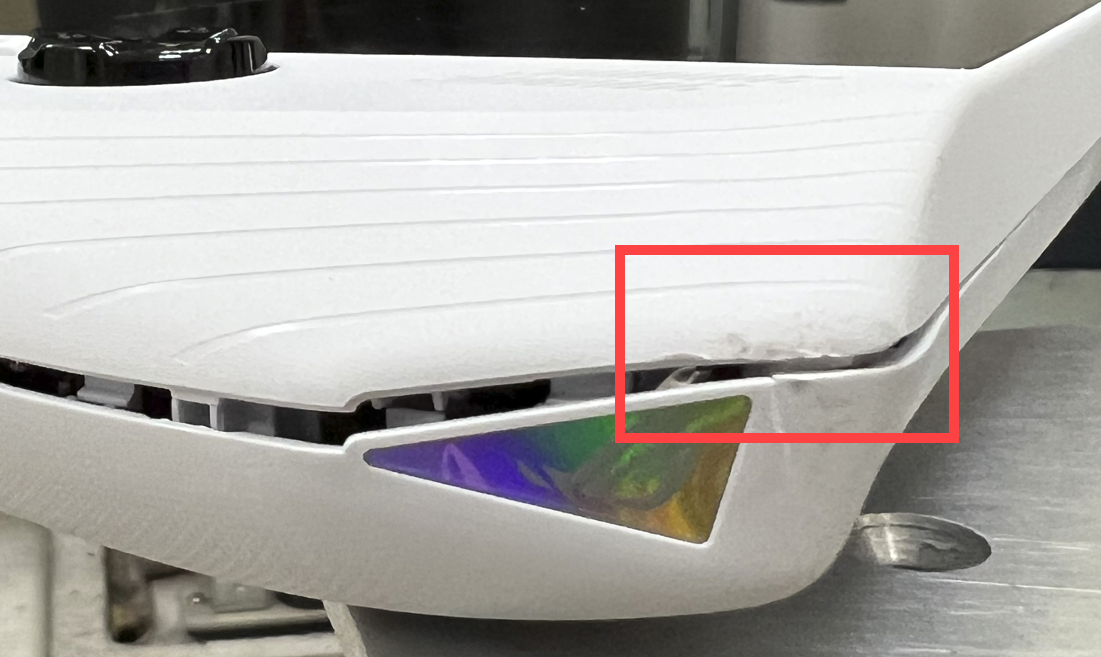
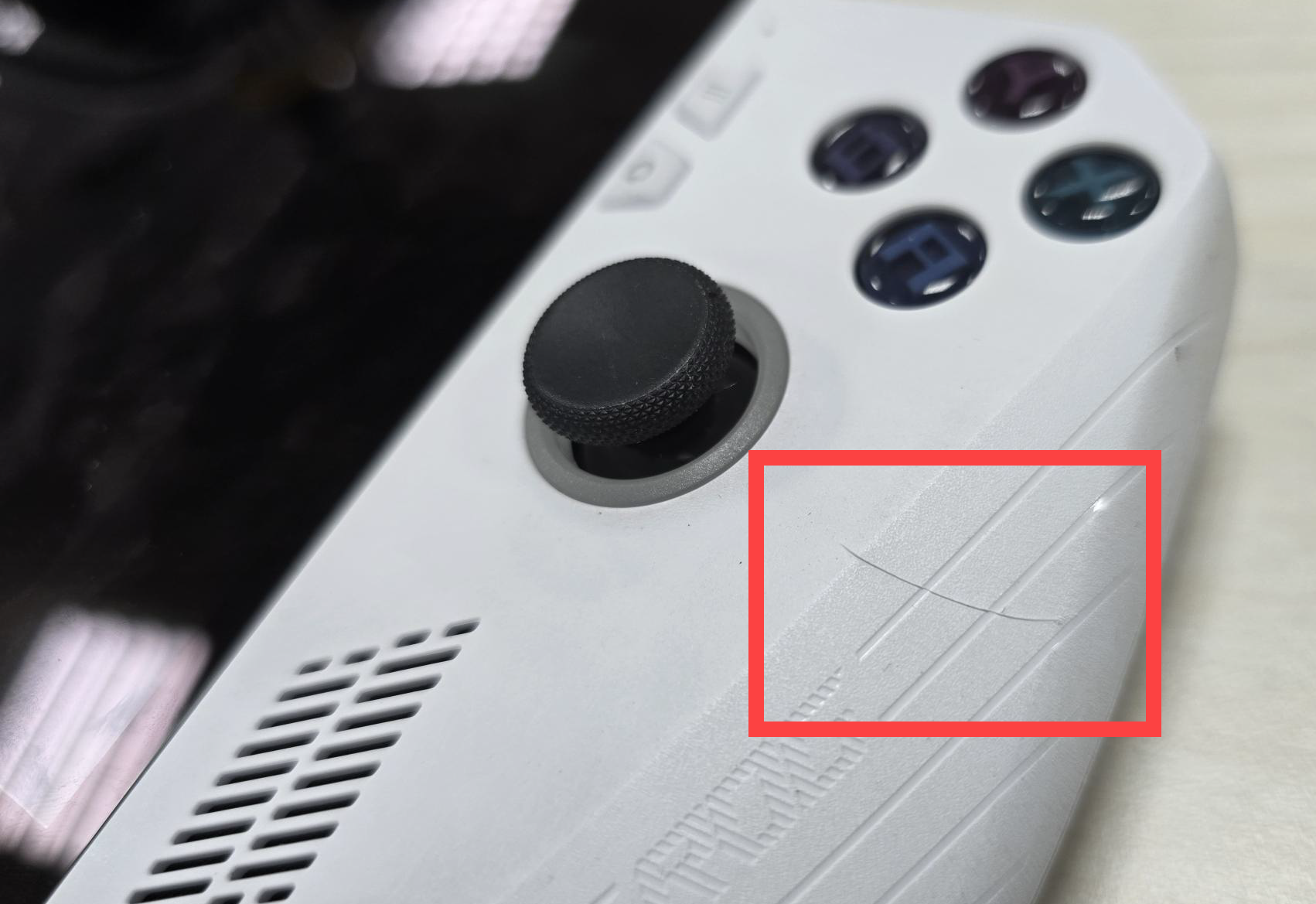
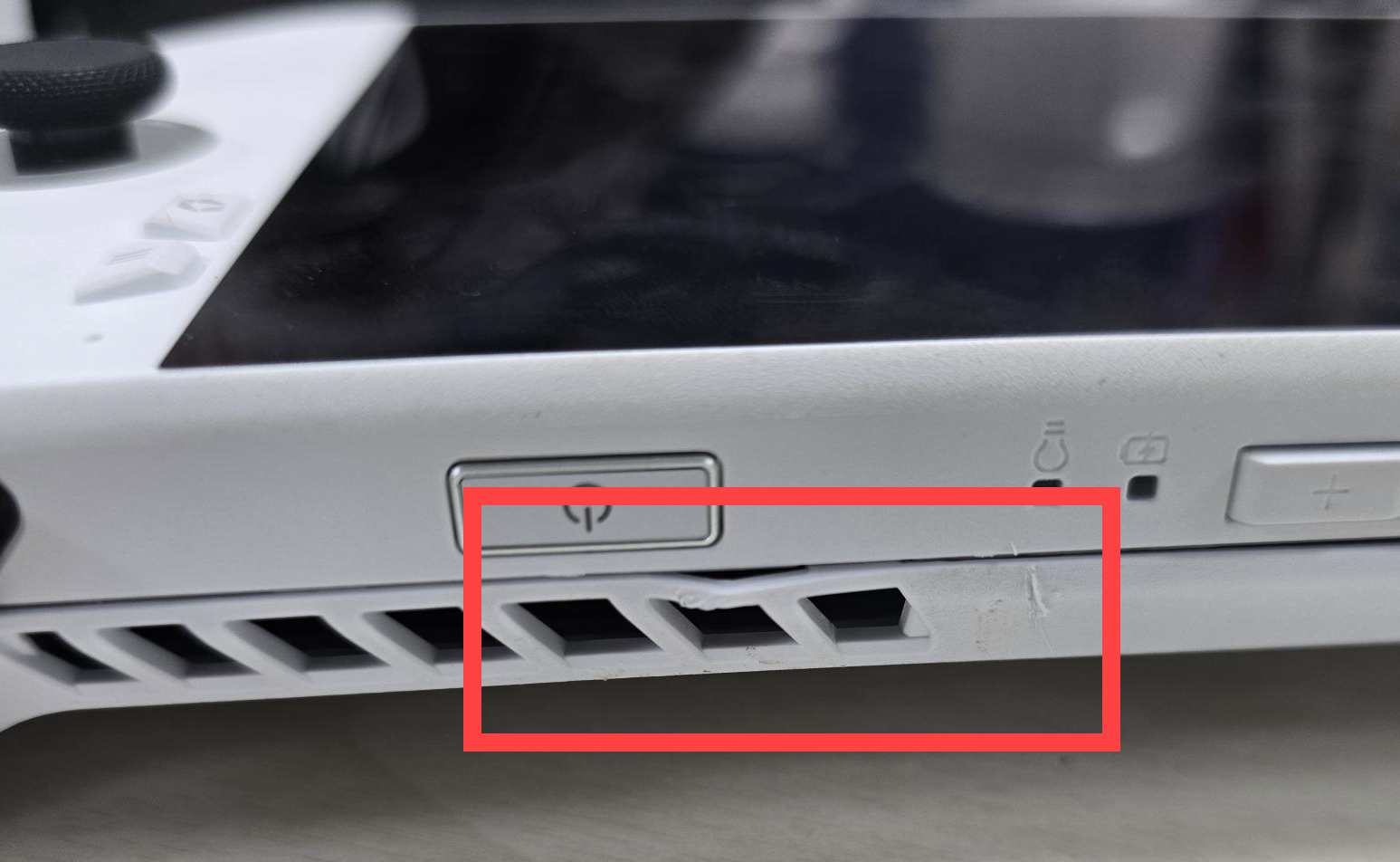
Dents on the outer surface

Cracks or breakage on the outer surface
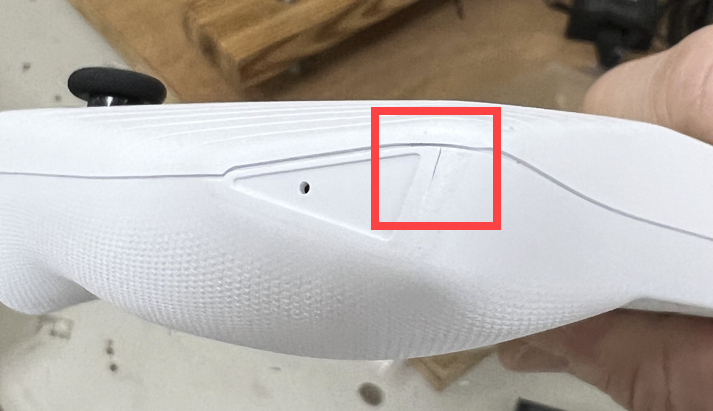
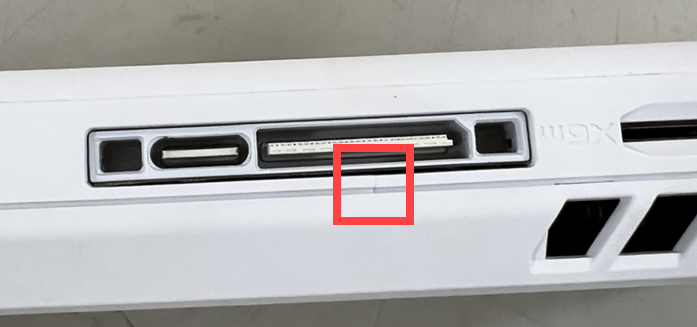

Uneven or detached decoration label


Motherboard
Liquid intrusion and water stains on the Printed Circuit Board (PCB)
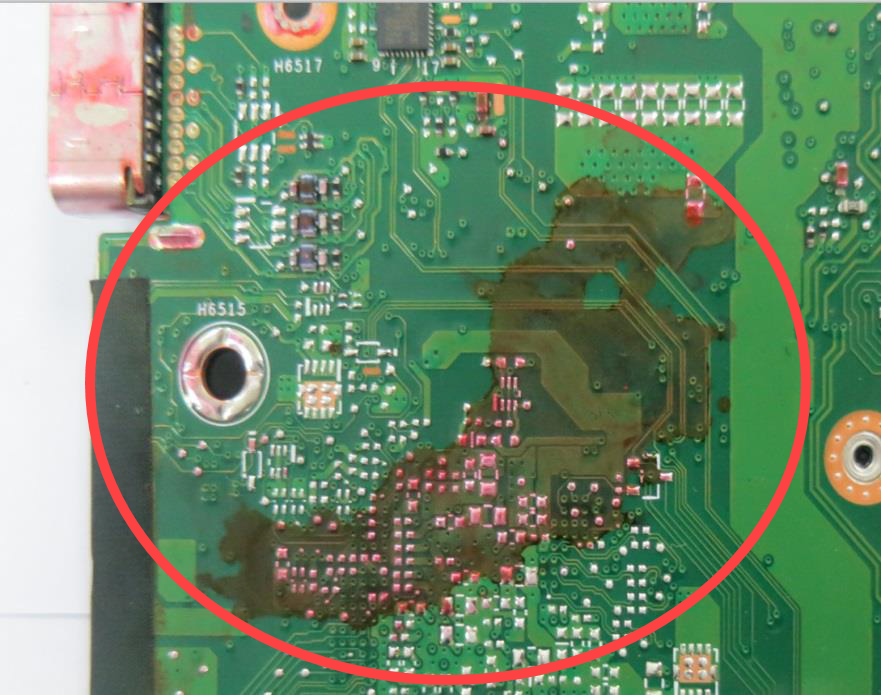

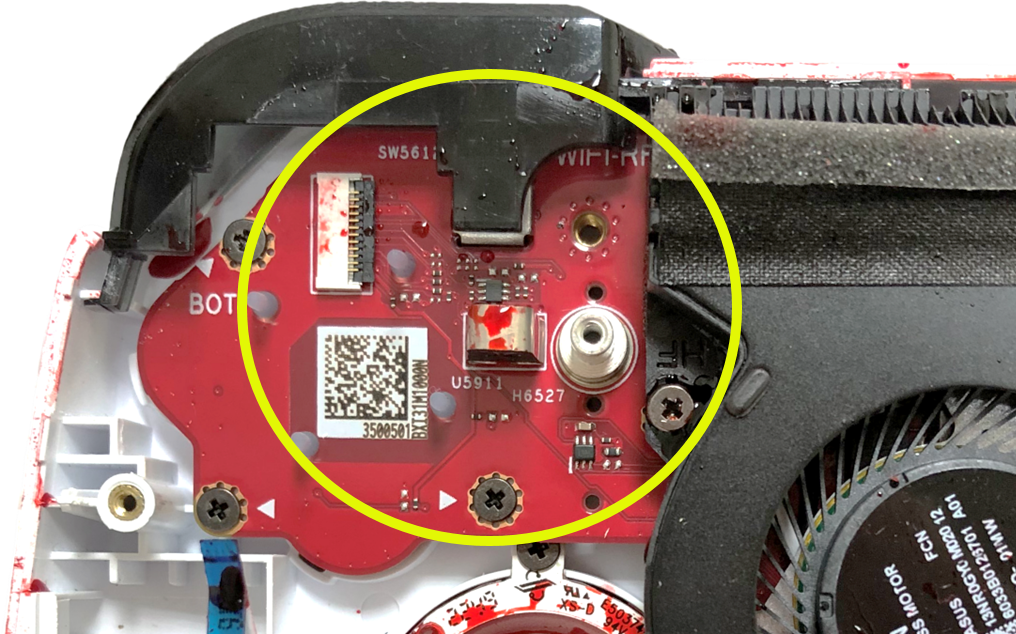

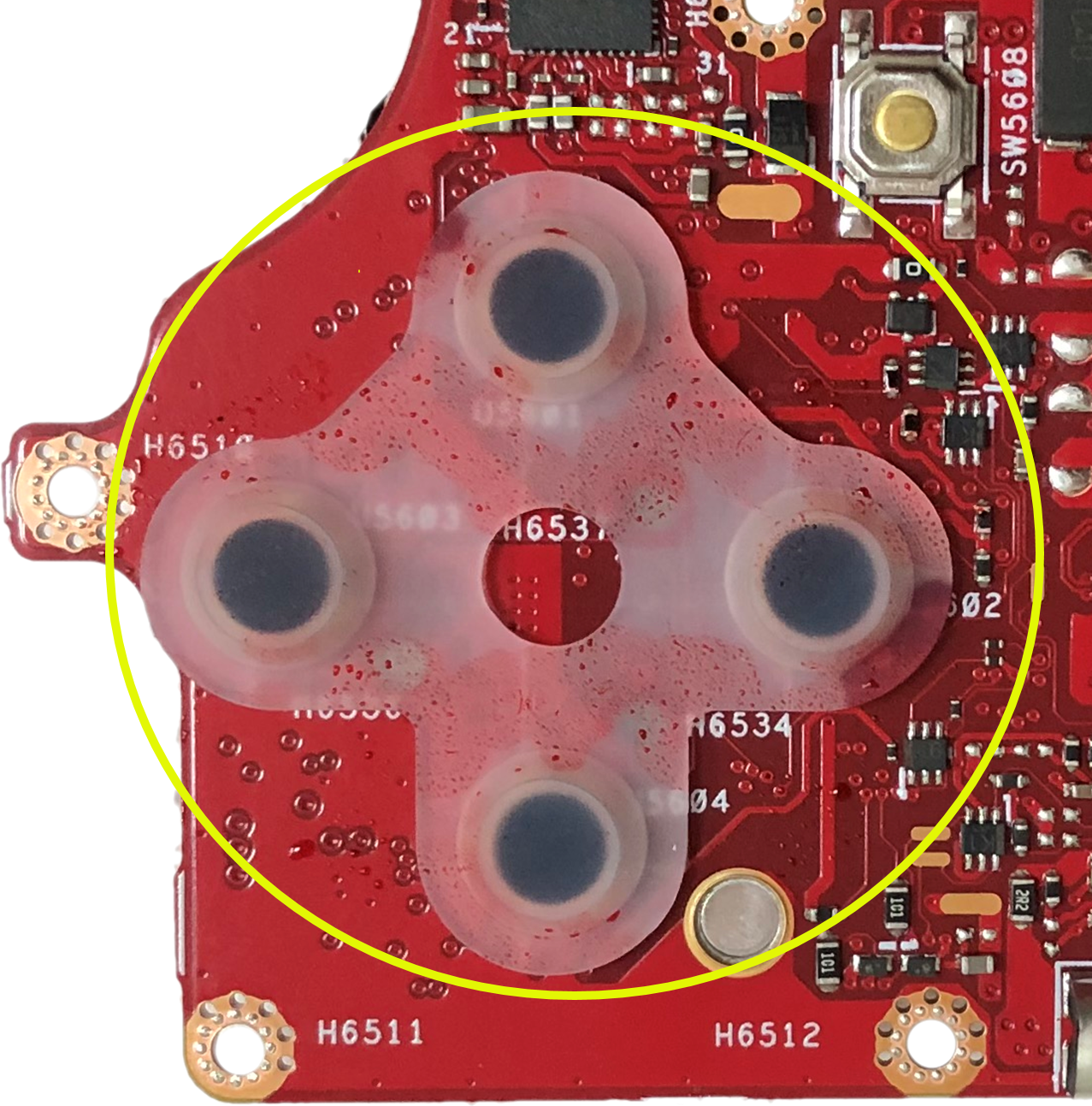
Oxidation on the Printed Circuit Board (PCB), such as verdigris
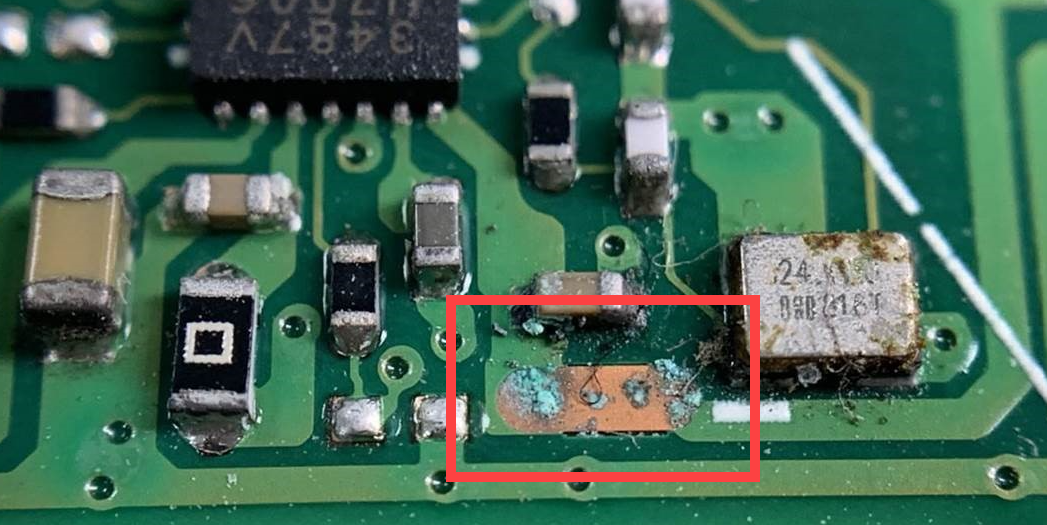
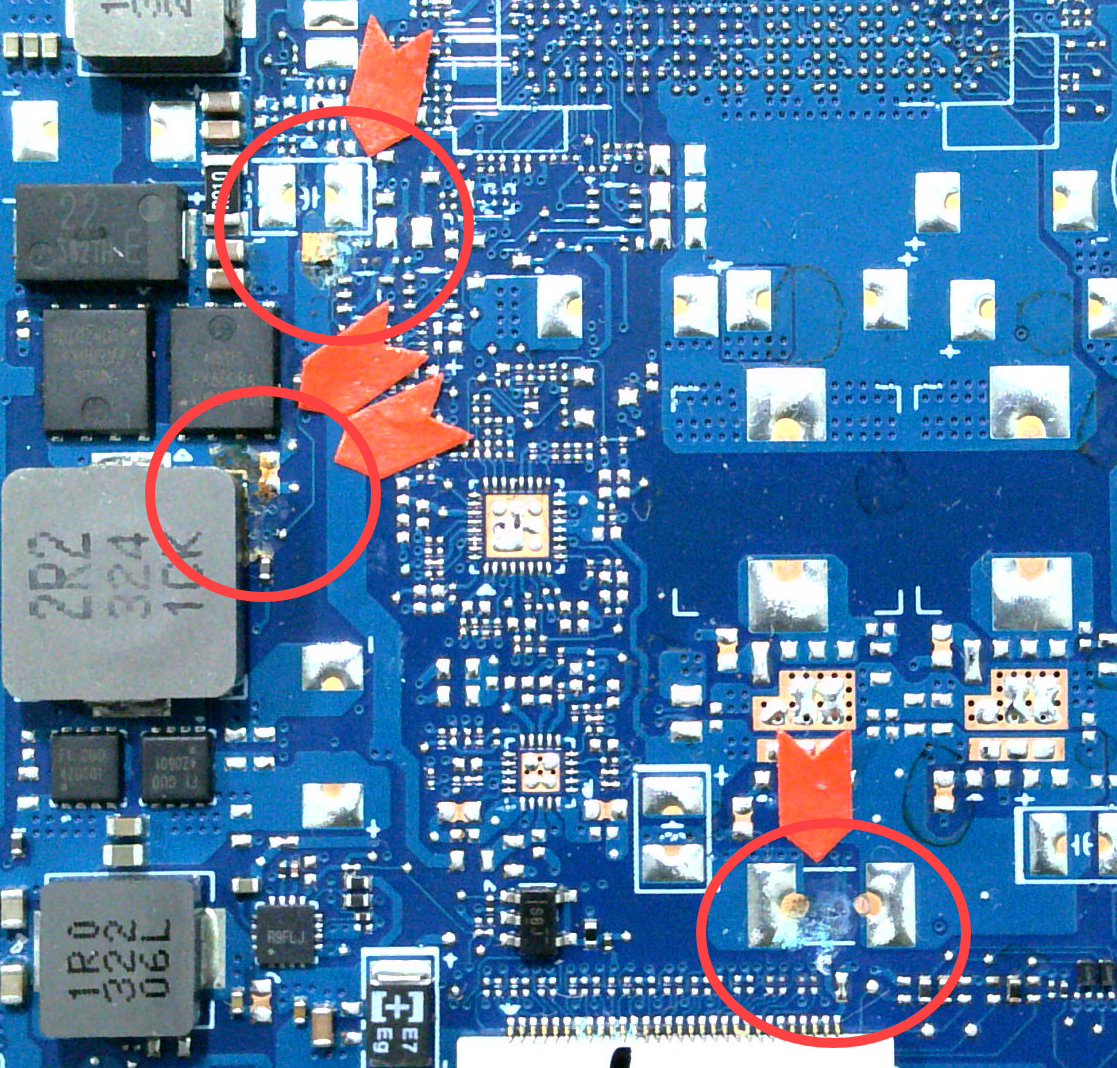
Rust or Corrosion on the Printed Circuit Board (PCB)
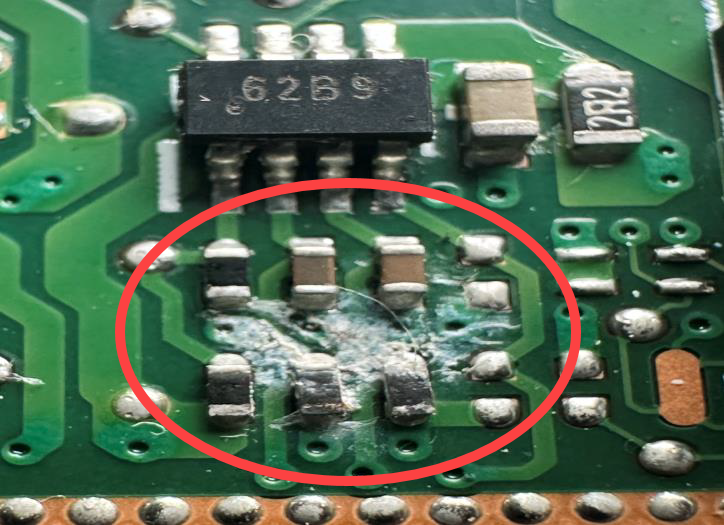
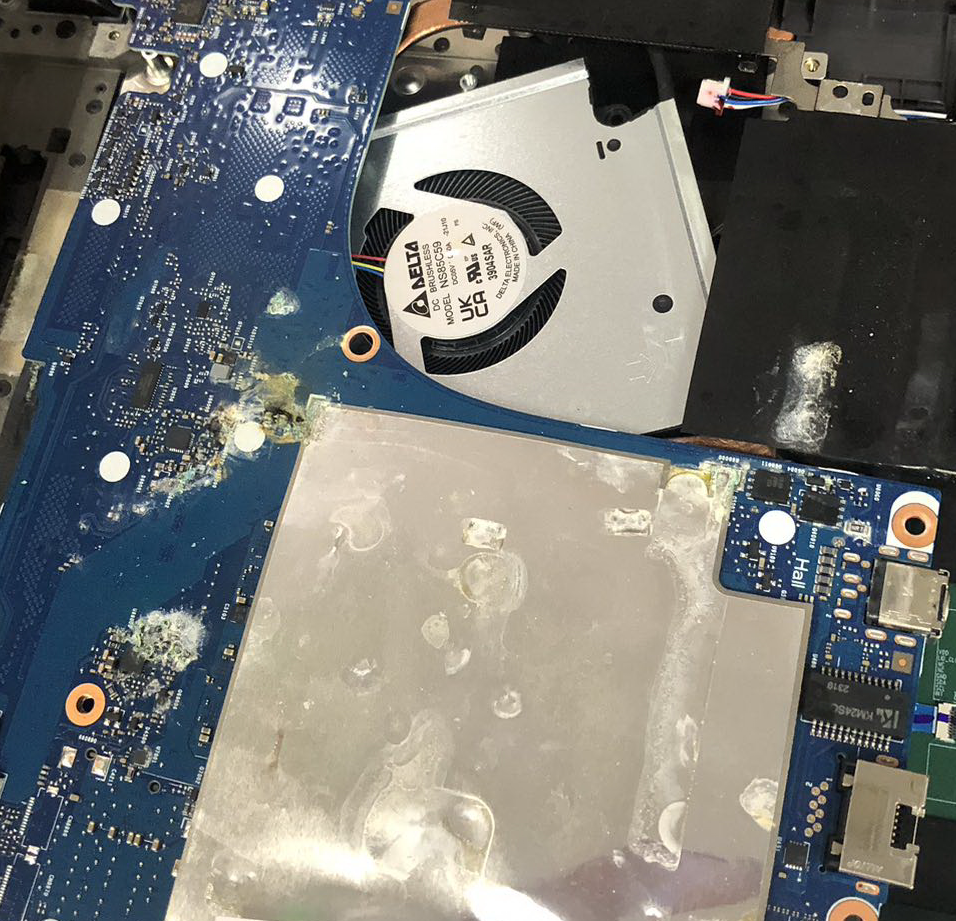
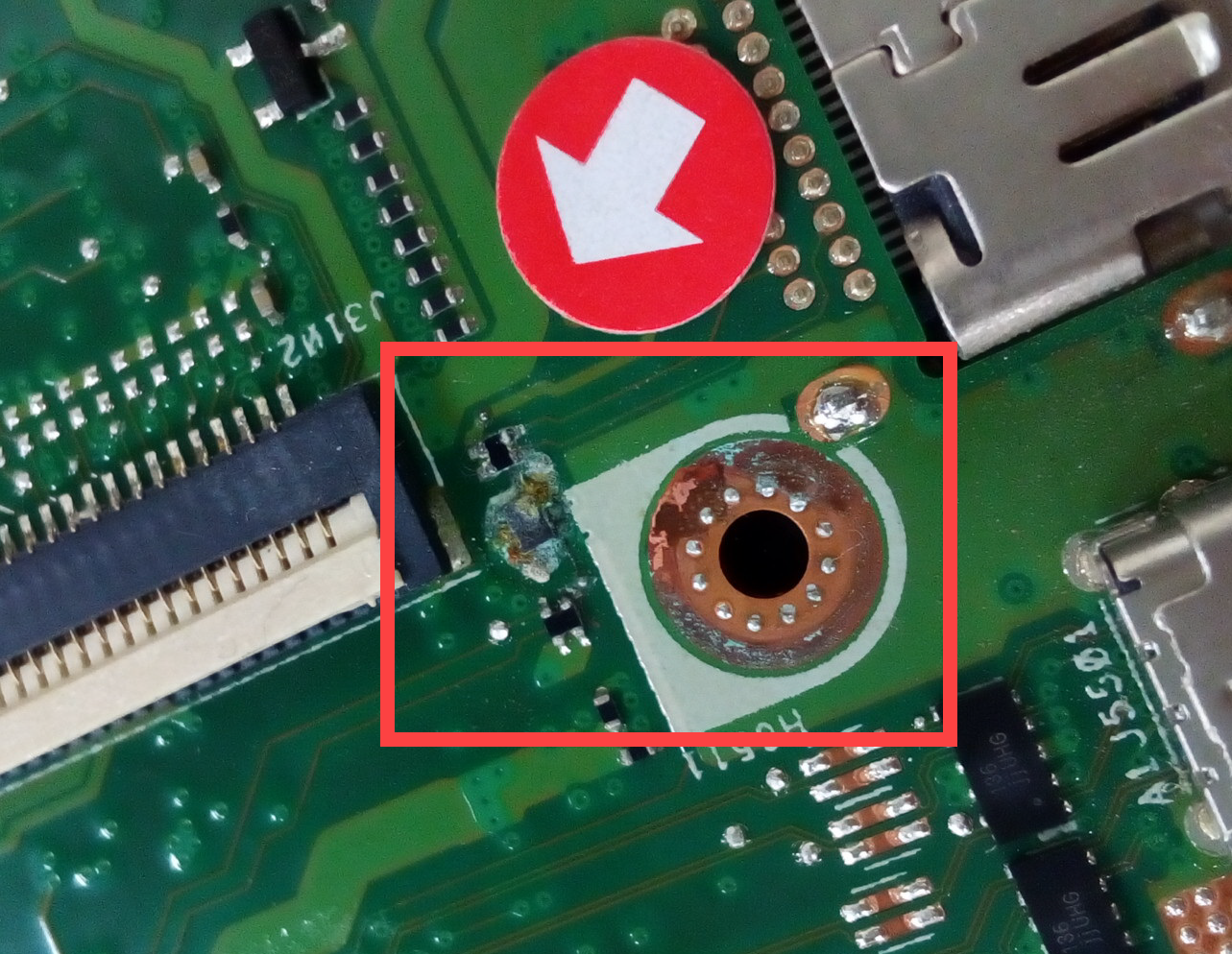
Deformation or warping of the Printed Circuit Board (PCB)

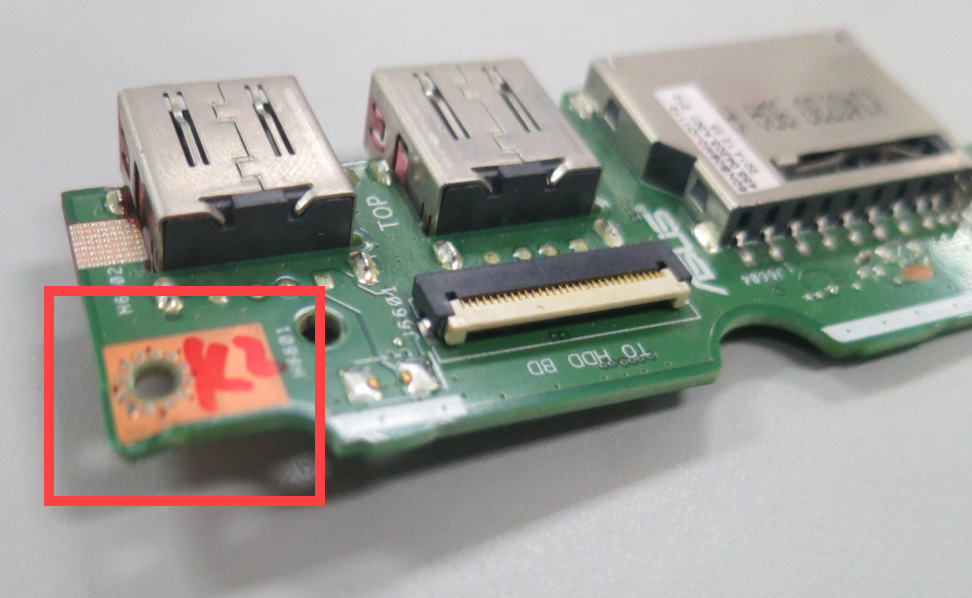
Cracks or damage to the Printed Circuit Board (PCB)
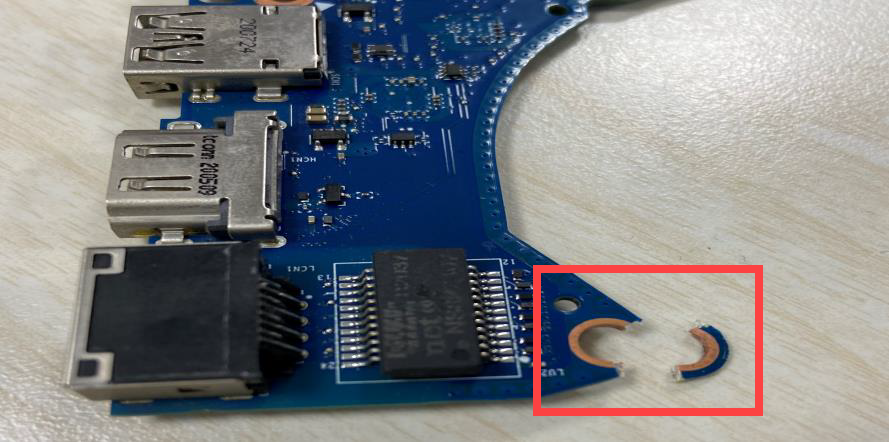
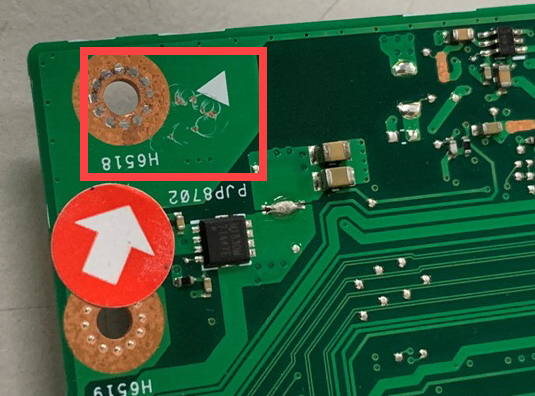
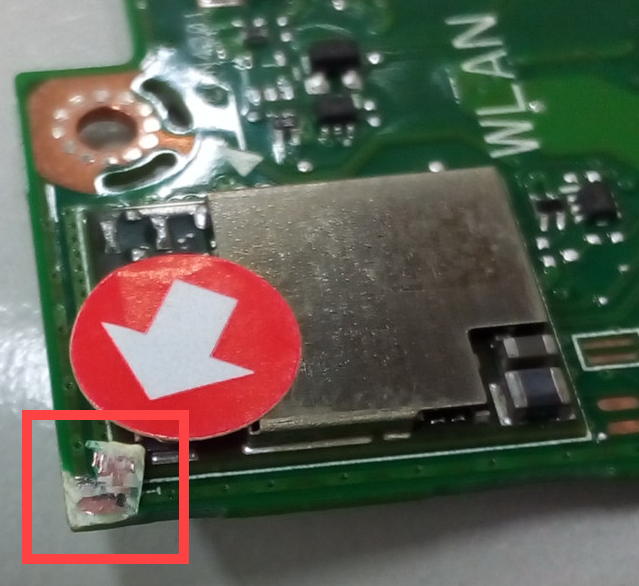
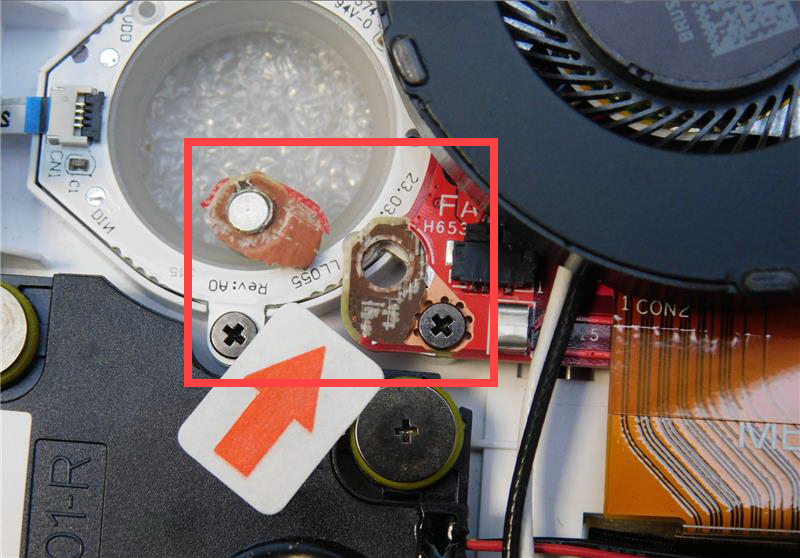
Scratches or abrasions on the Printed Circuit Board (PCB) surface, affecting solder points, copper tracks, traces, or screw holes
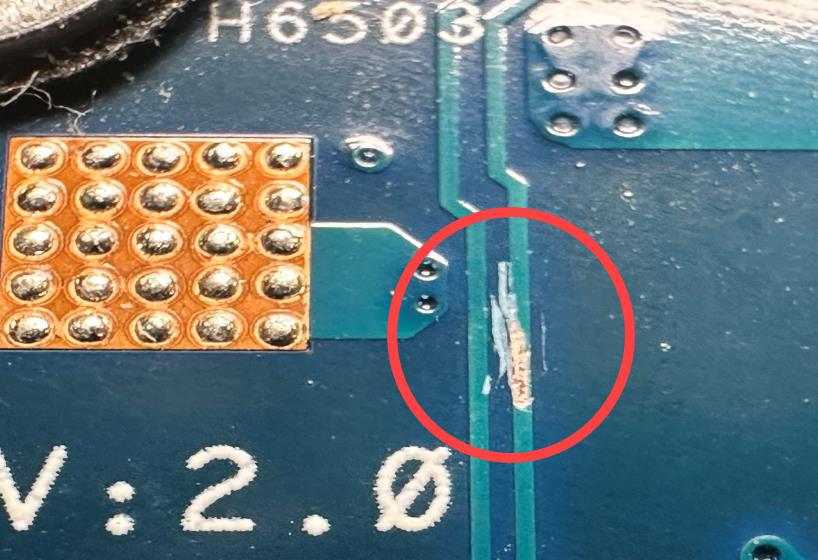
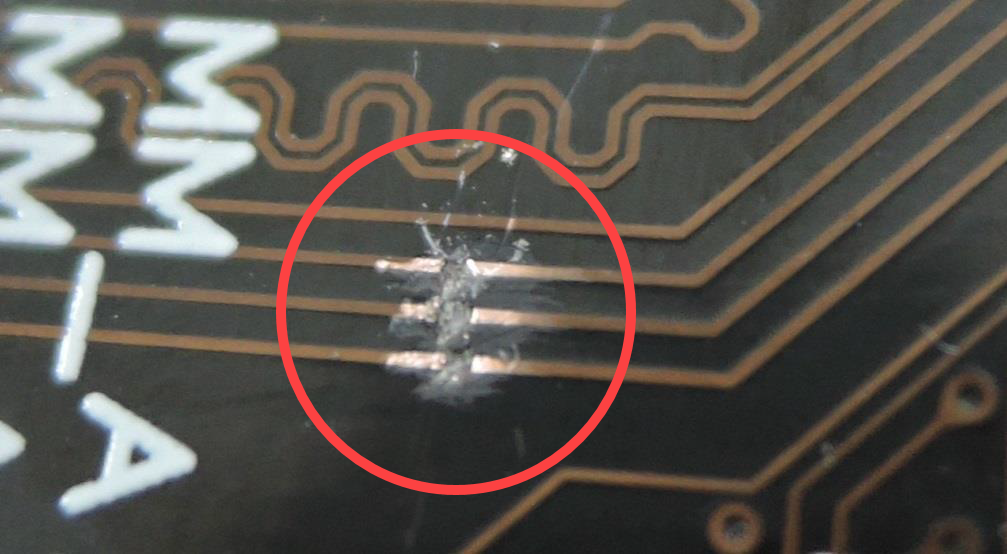

Note: Slight scratches are observed on the circuit board within the solid-state drive installation zones. Furthermore, these slight surface abrasions on the circuit board do not exceed 20 millimeters in length, and the scratches have not resulted in damage to the copper foil, traces, or components. If the device is still under warranty and the scratch does not affect the functionality, then it is covered by the warranty.

Damage to components on the Printed Circuit Board (PCB), including misalignment or incorrect parts, detachment, or absence
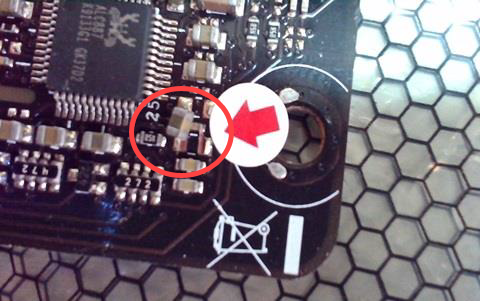
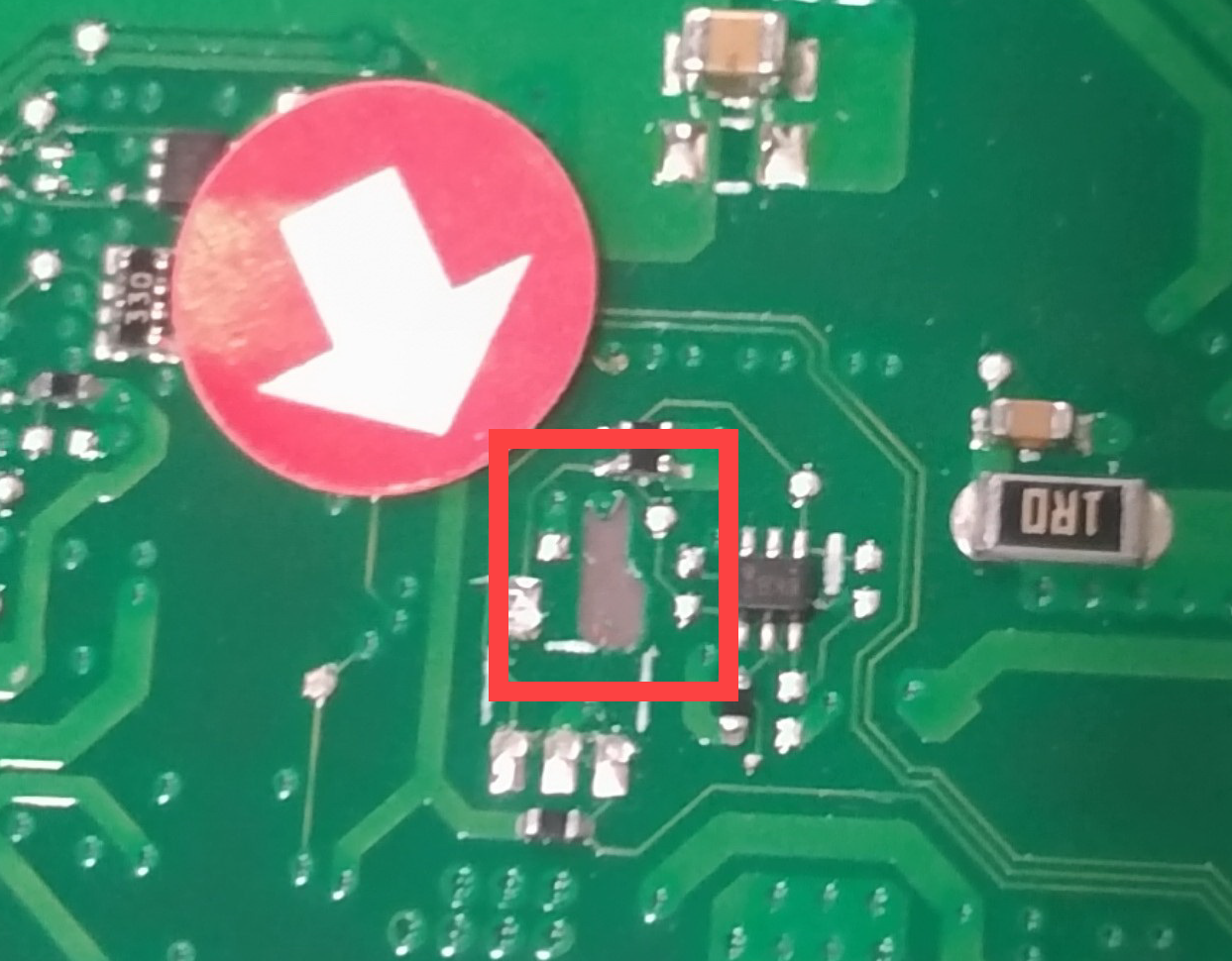

Damage, detachment, or absence of soldered components on the Printed Circuit Board (PCB)
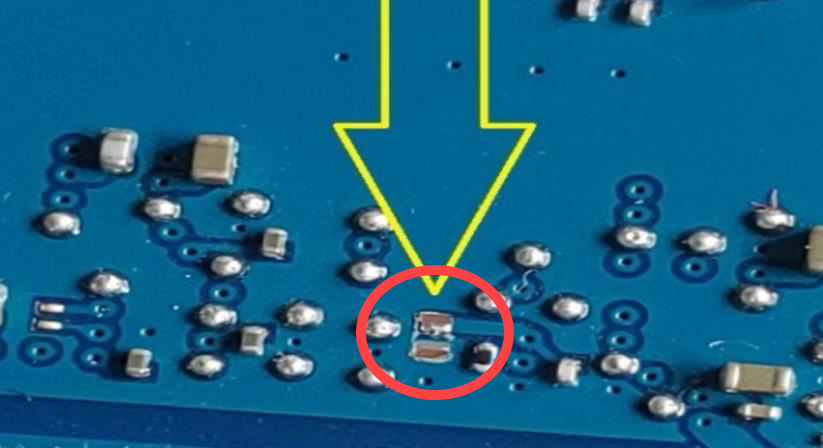
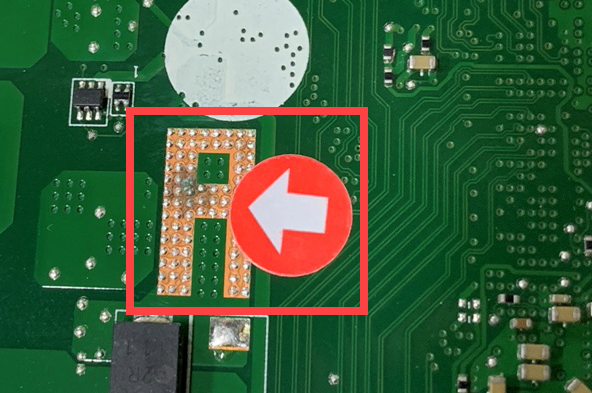
Connector damage, detachment, or absence on the Printed Circuit Board (PCB)
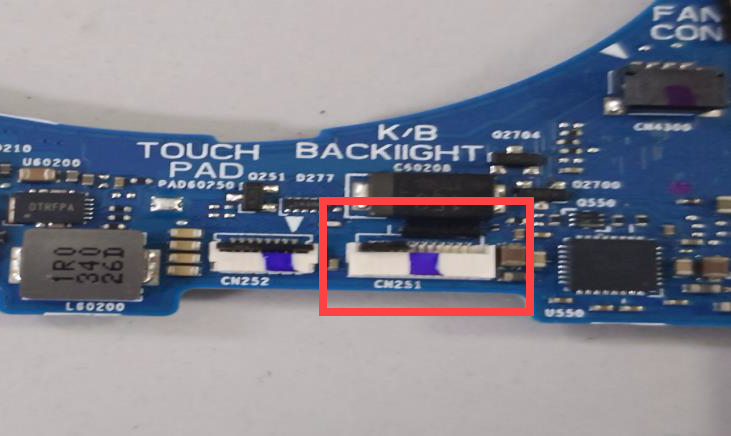
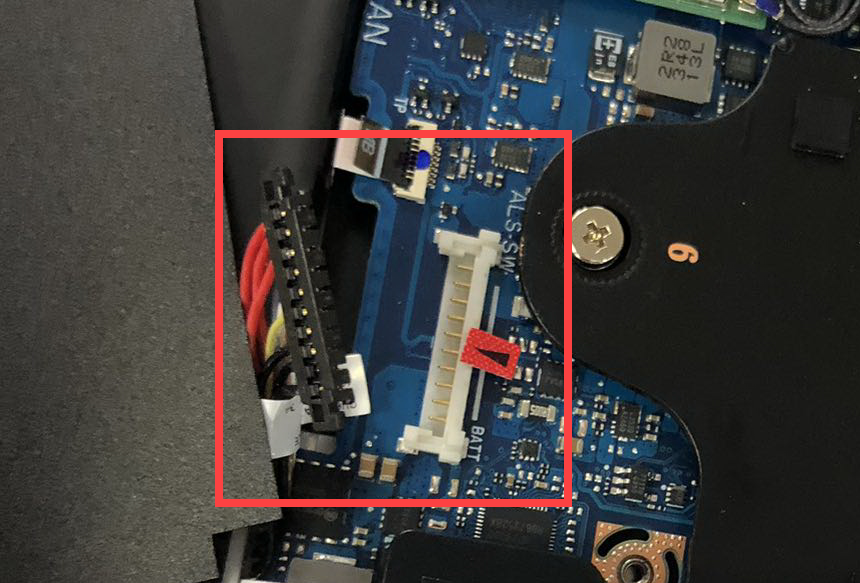
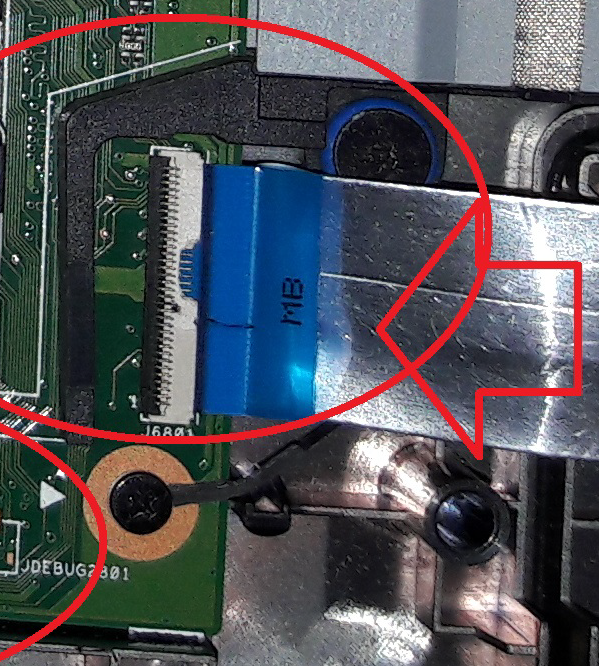
Jumper wires on the Printed Circuit Board (PCB)
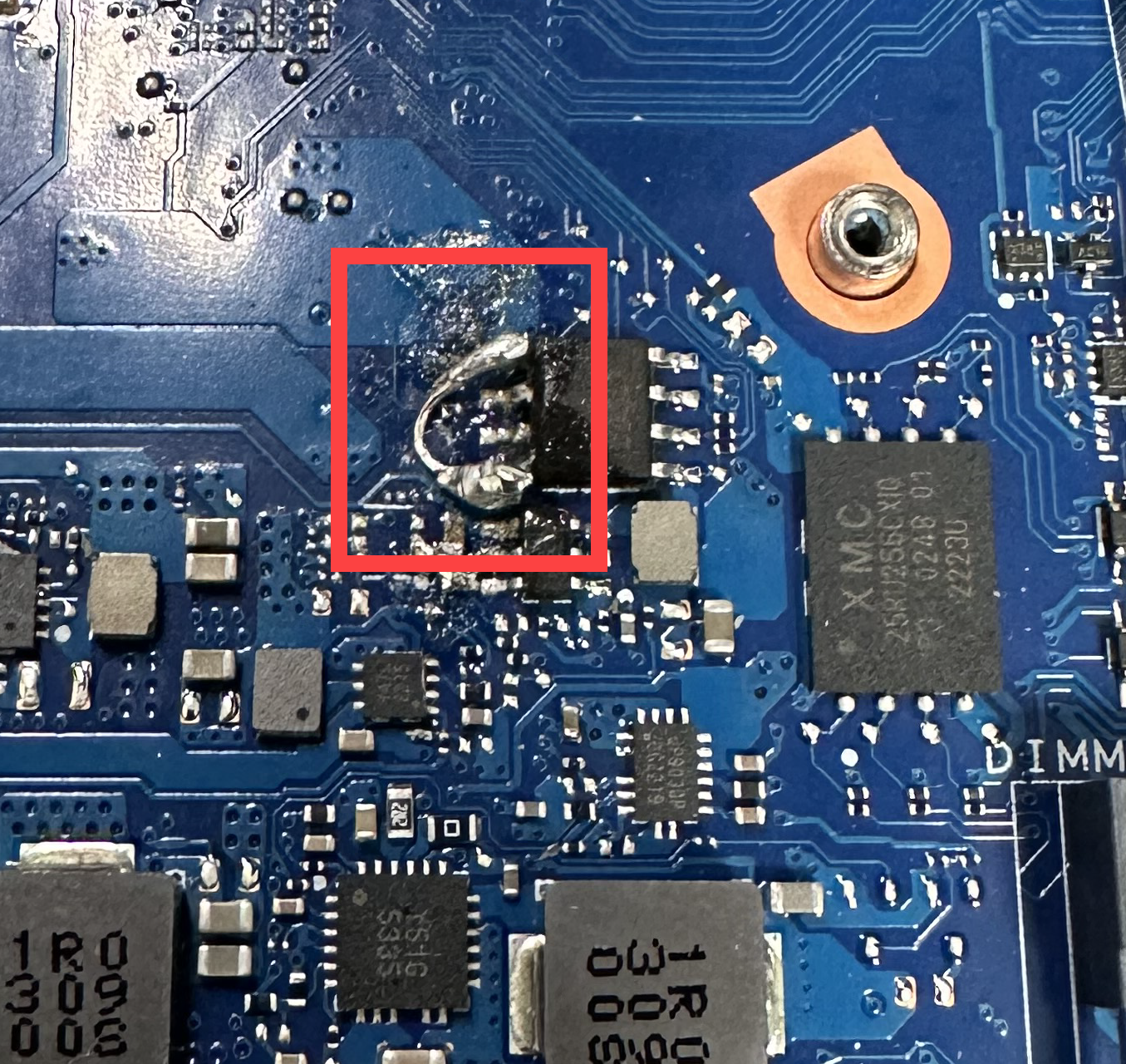
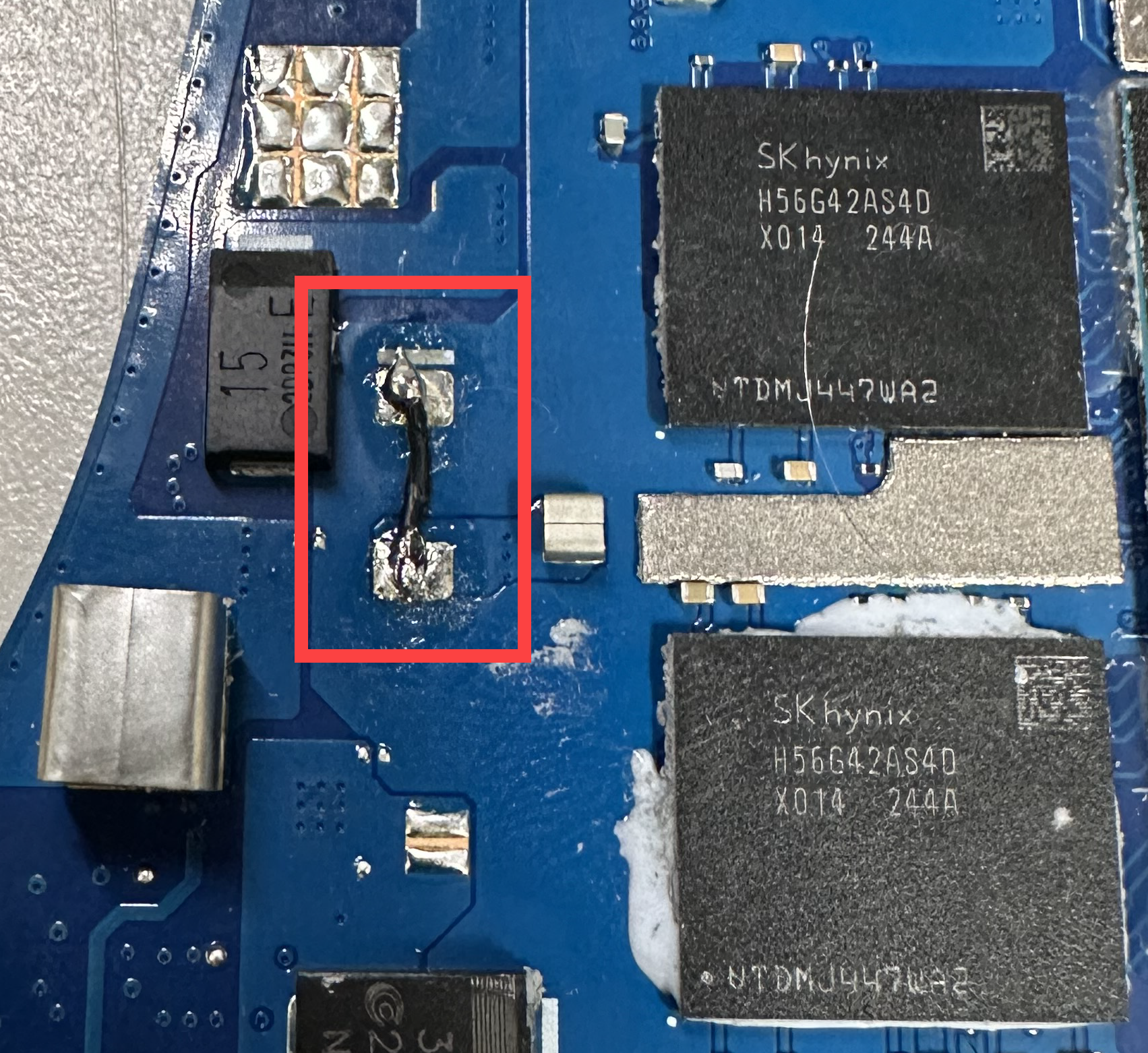
Liquid Crystal Display (LCD) Screen
Cracks or breakage in the screen glass
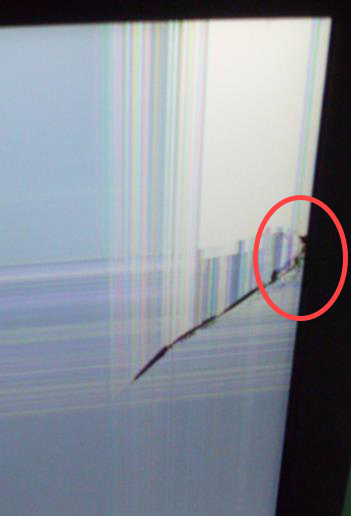
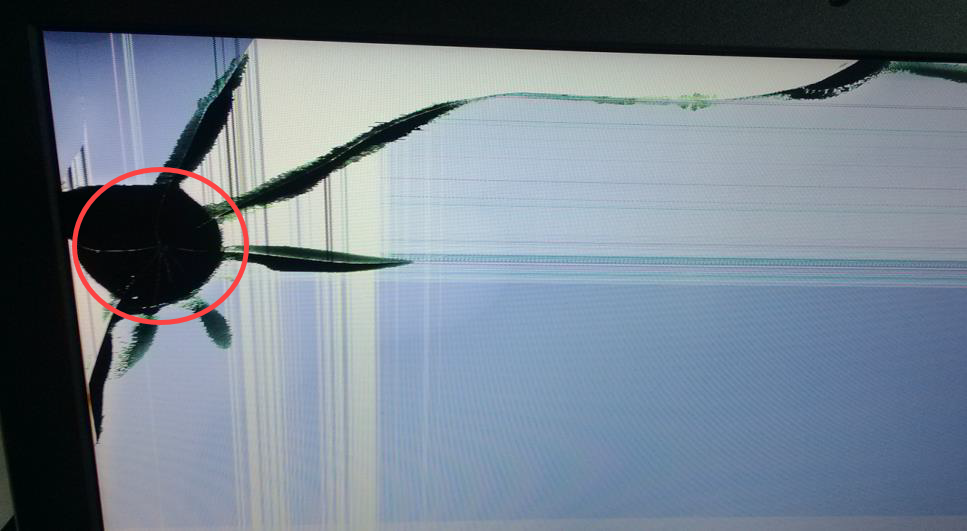
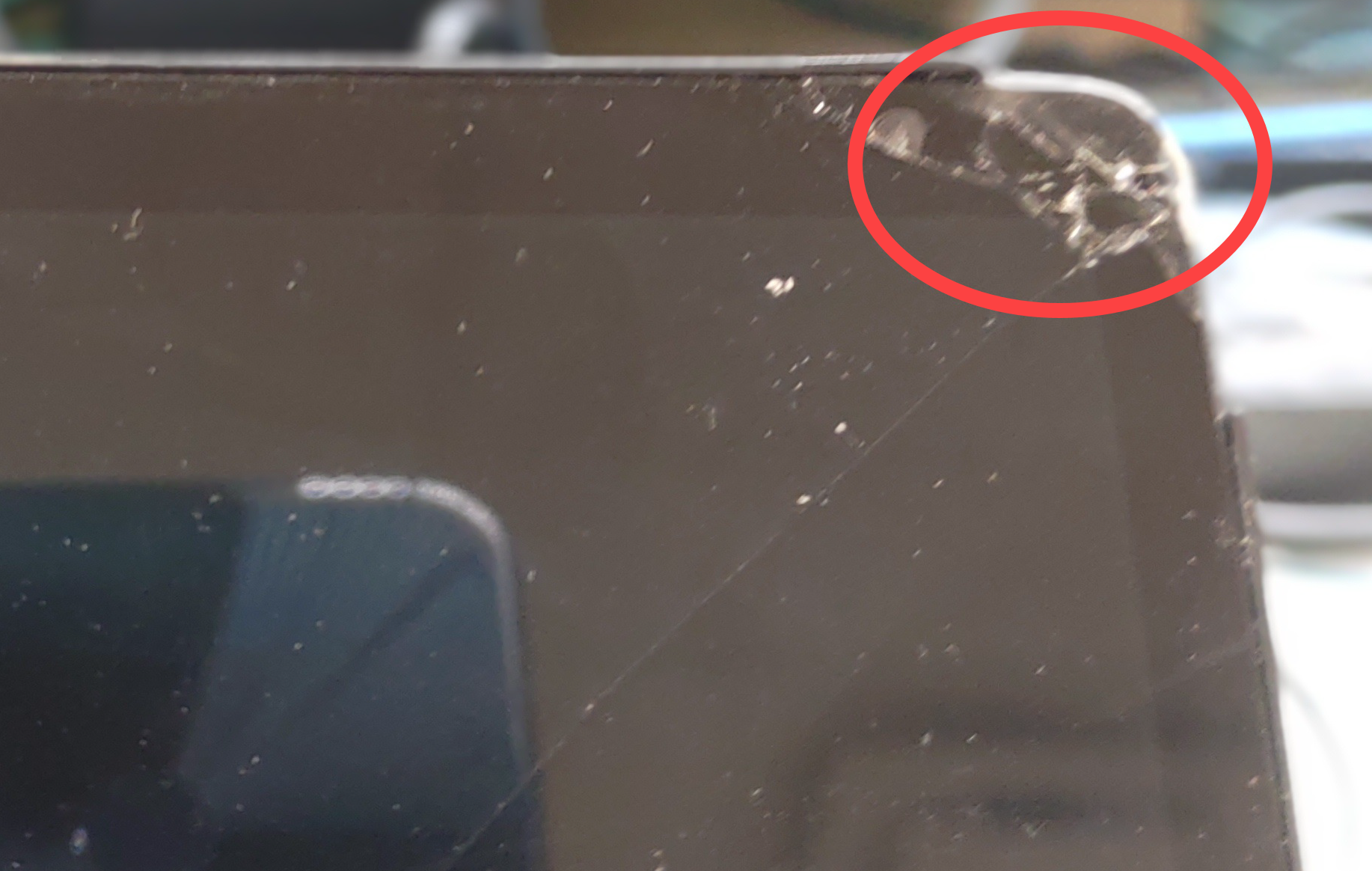

Scratches or wear on the screen surface
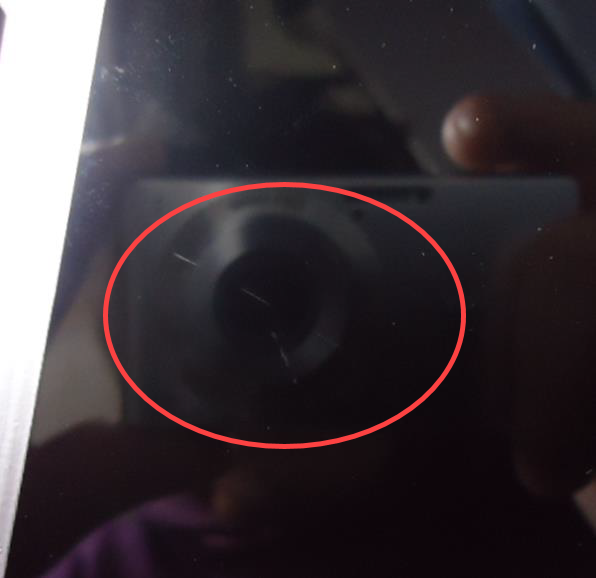

Dents on the screen surface
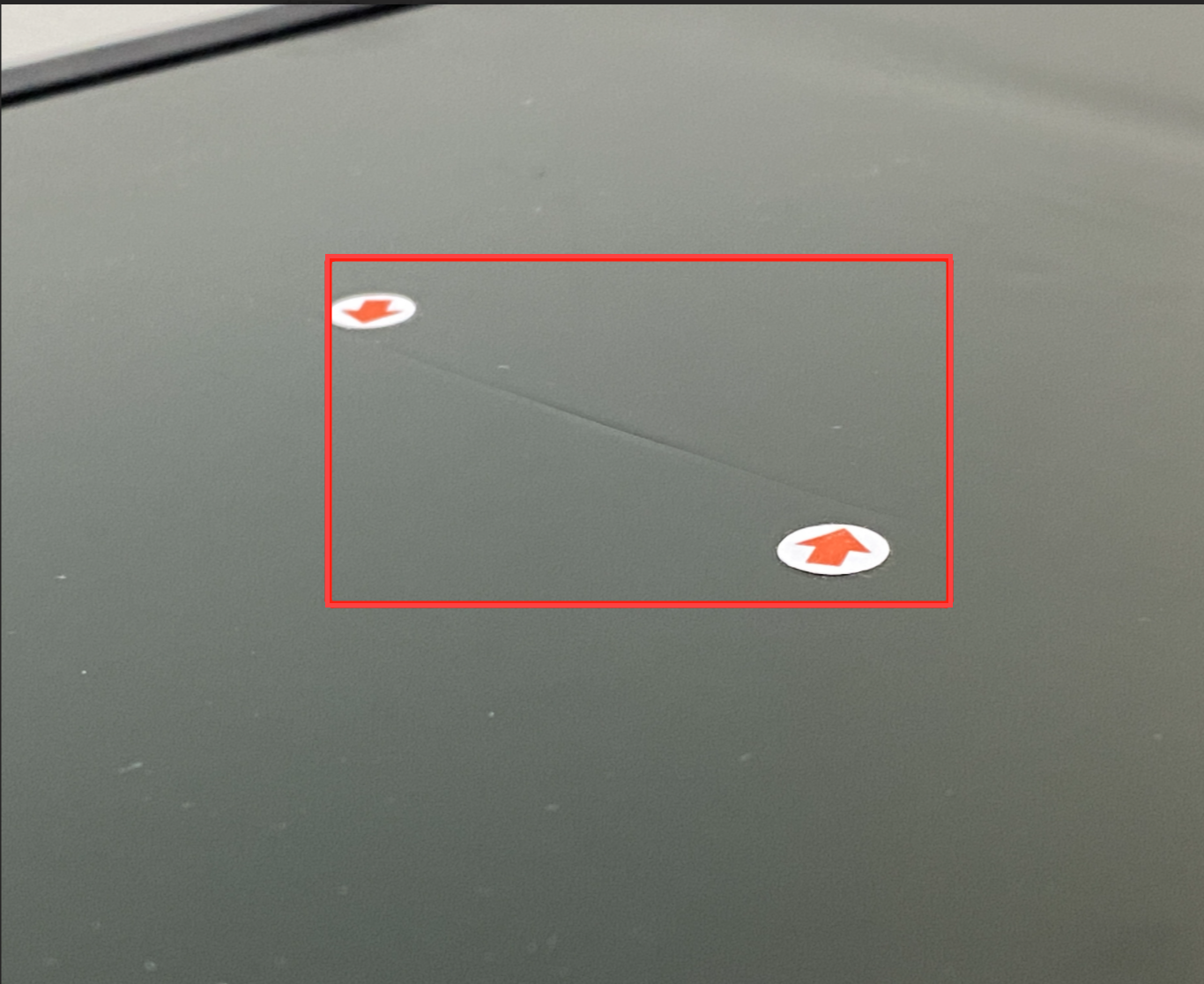
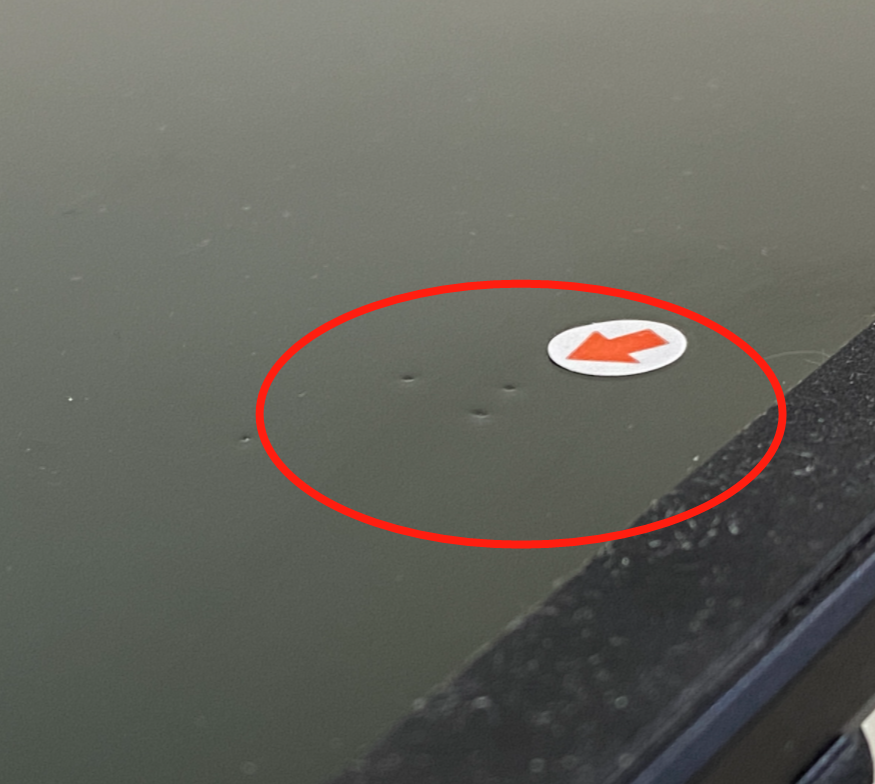
Damage to the back of the screen
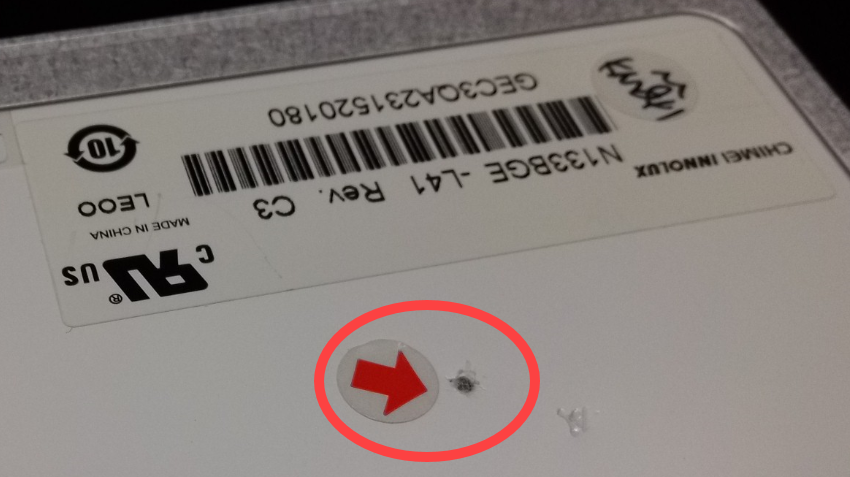
Impact damage, deformation, or destruction to the panel's connector
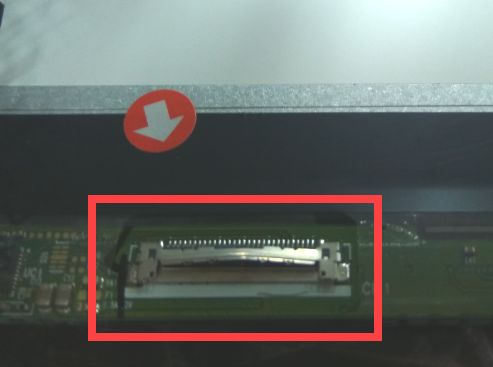
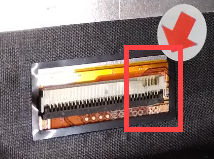
Liquid intrusion or water stains on the screen

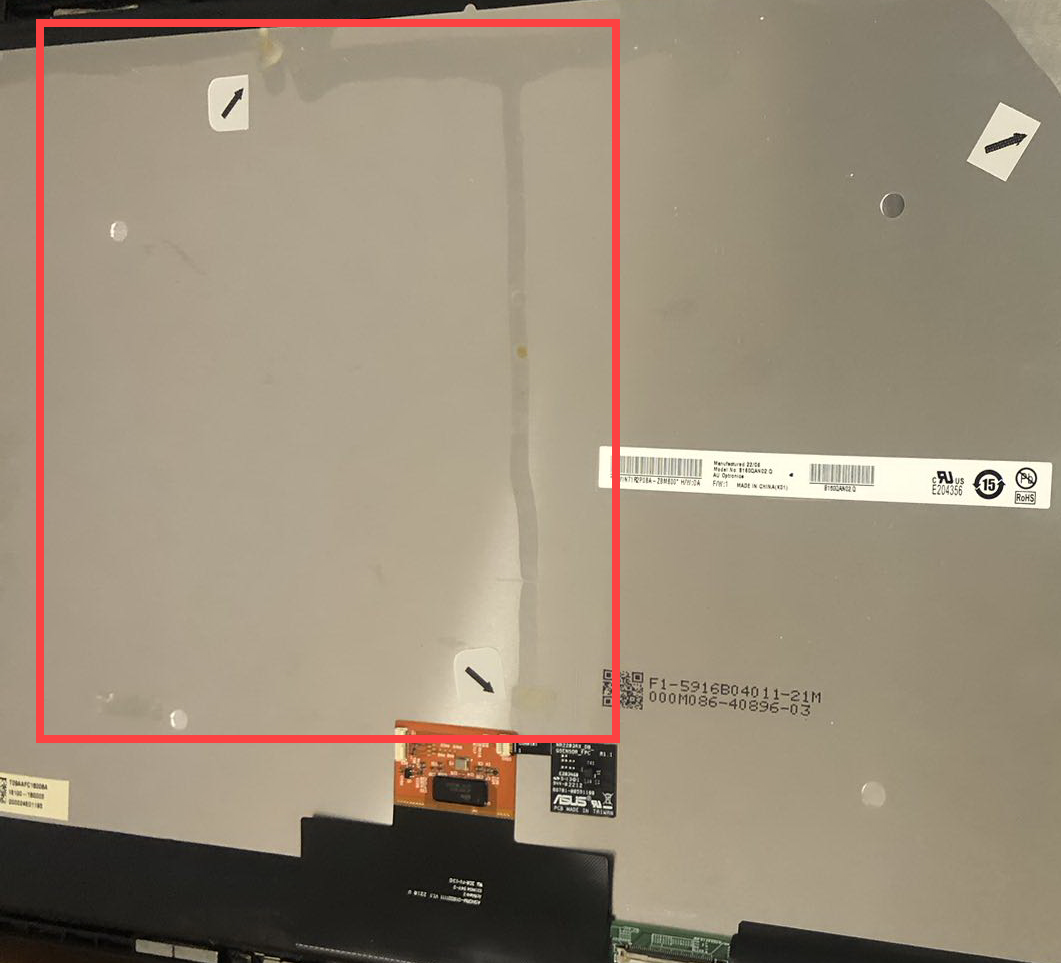
I/O port
Includes all external connection ports such as USB, charging ports, audio jacks, SD card reader, etc.
Breakage or detachment of the plastic flaps (tongue parts) on I/O ports
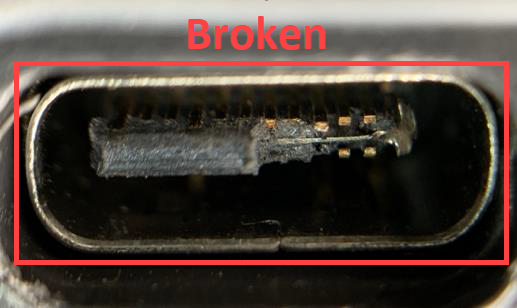
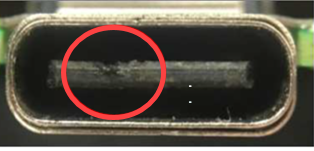
Broken or bent pins on I/O ports


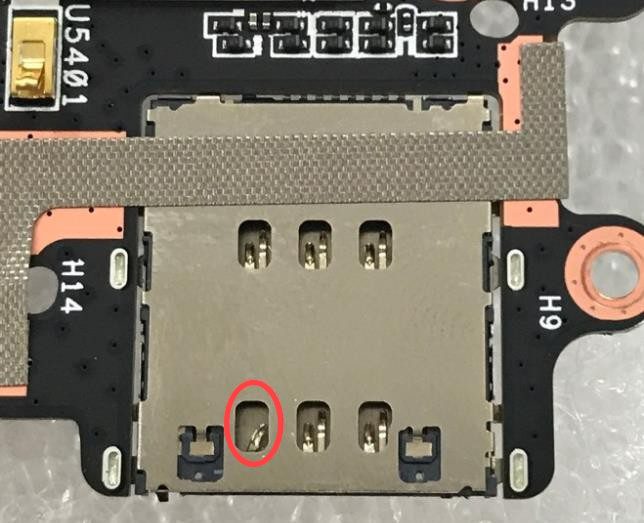
Deformation, cracks, or breakage in the appearance of I/O ports
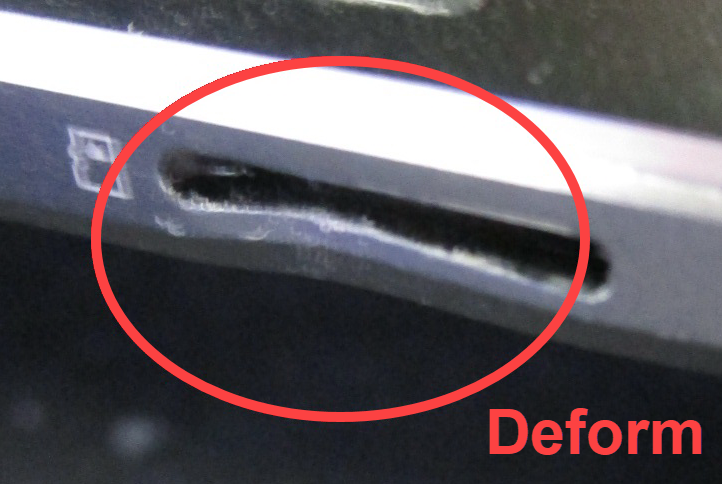
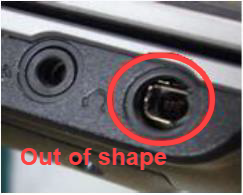
Oxidation of I/O ports

Power Supply (Adapter)
Separation or deformation of the adapter casing
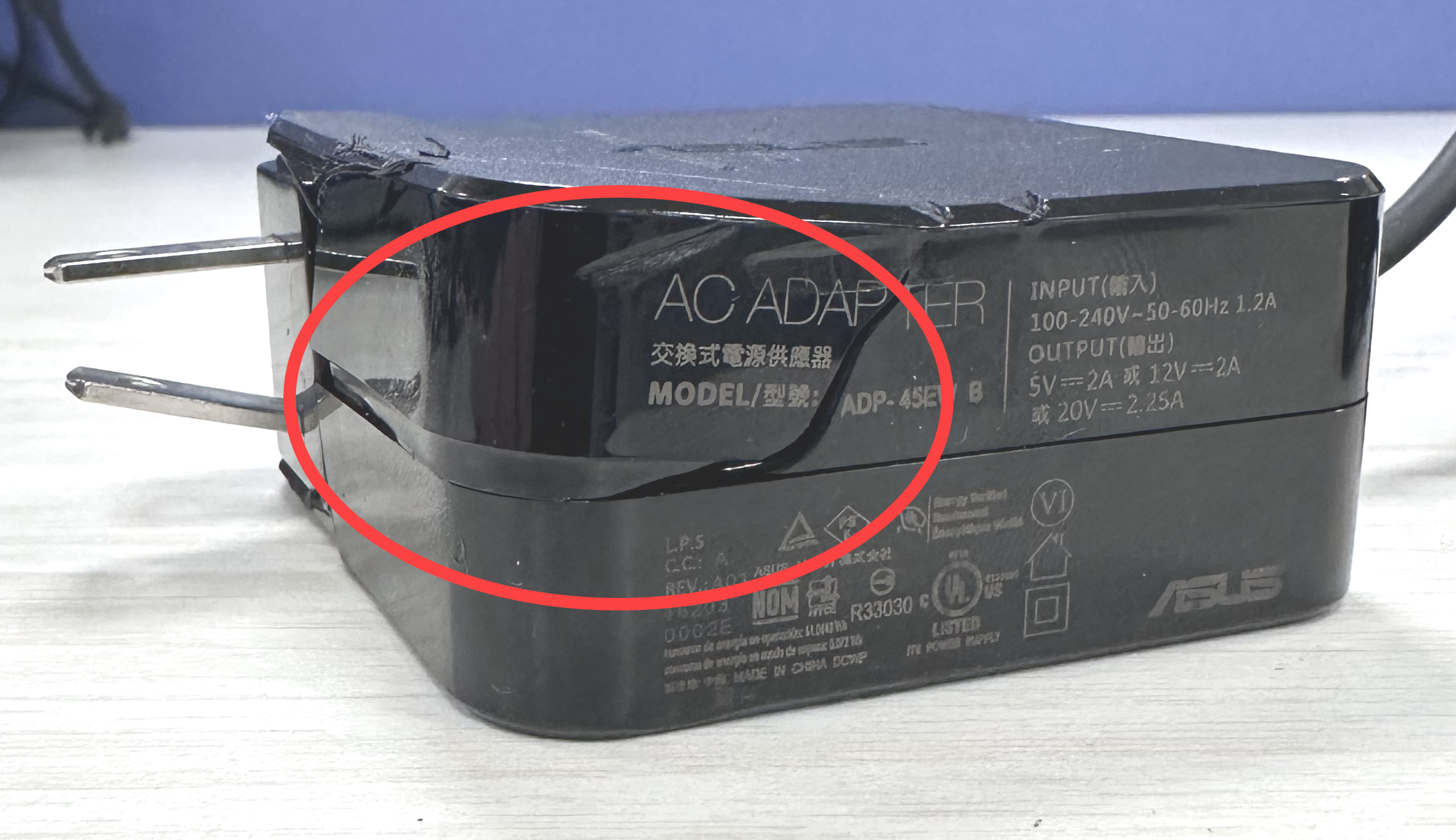

Damage or breakage to the adapter cables
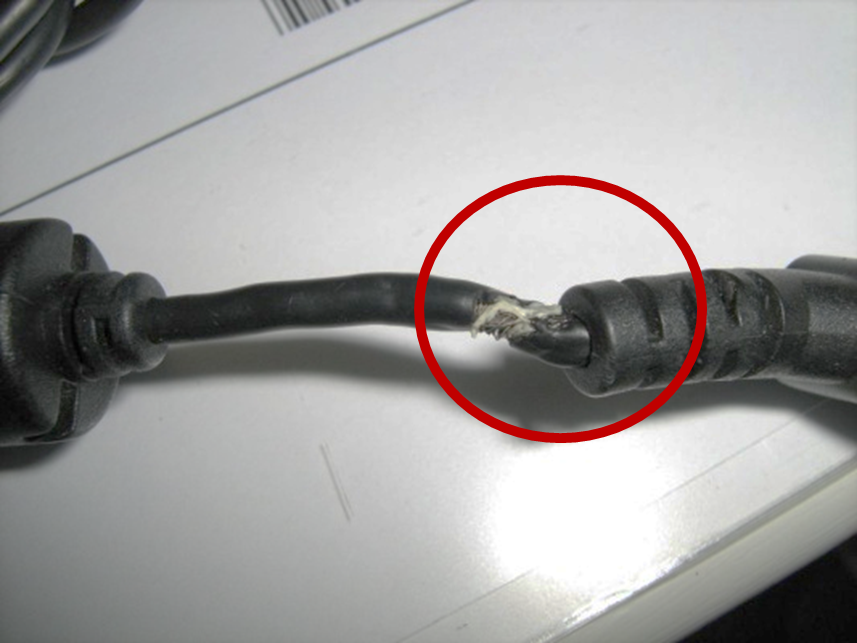
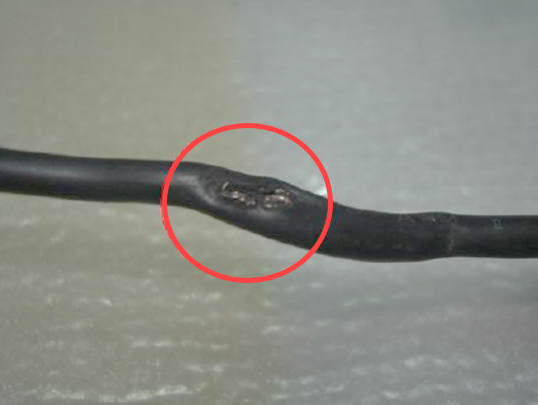
Deformation, damage, or oxidation to the adapter connectors


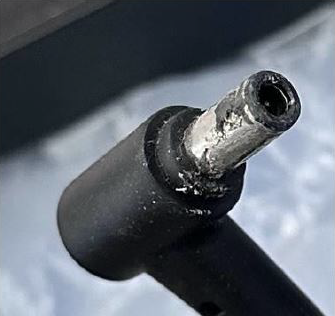
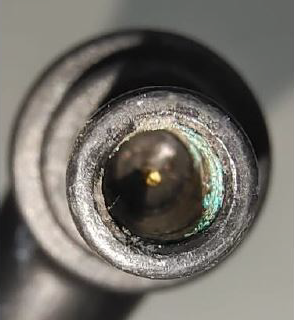
Thermal Module
Damage or breakage to the fan module/blades
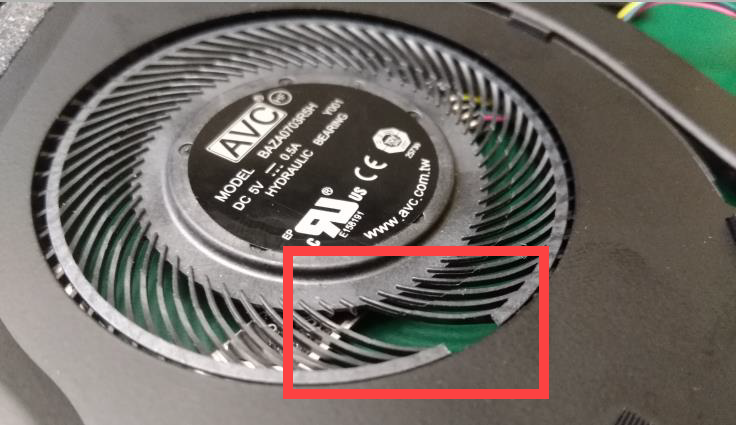
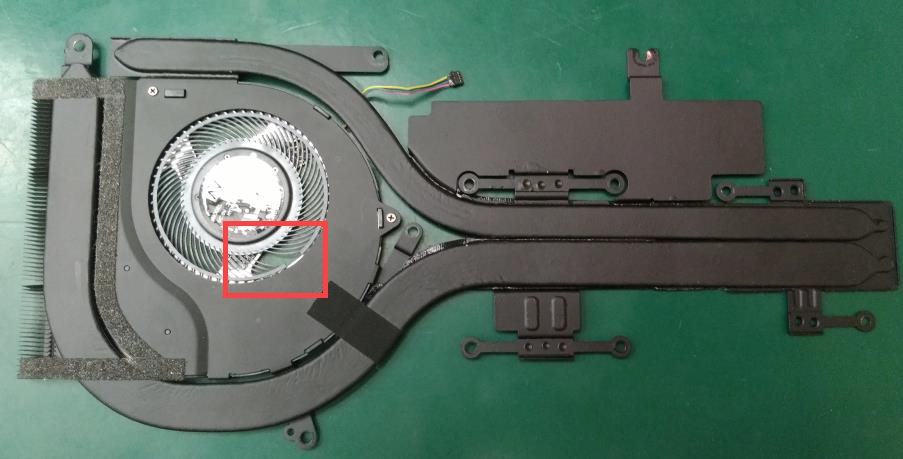
Liquid intrusion or water stains on the thermal module
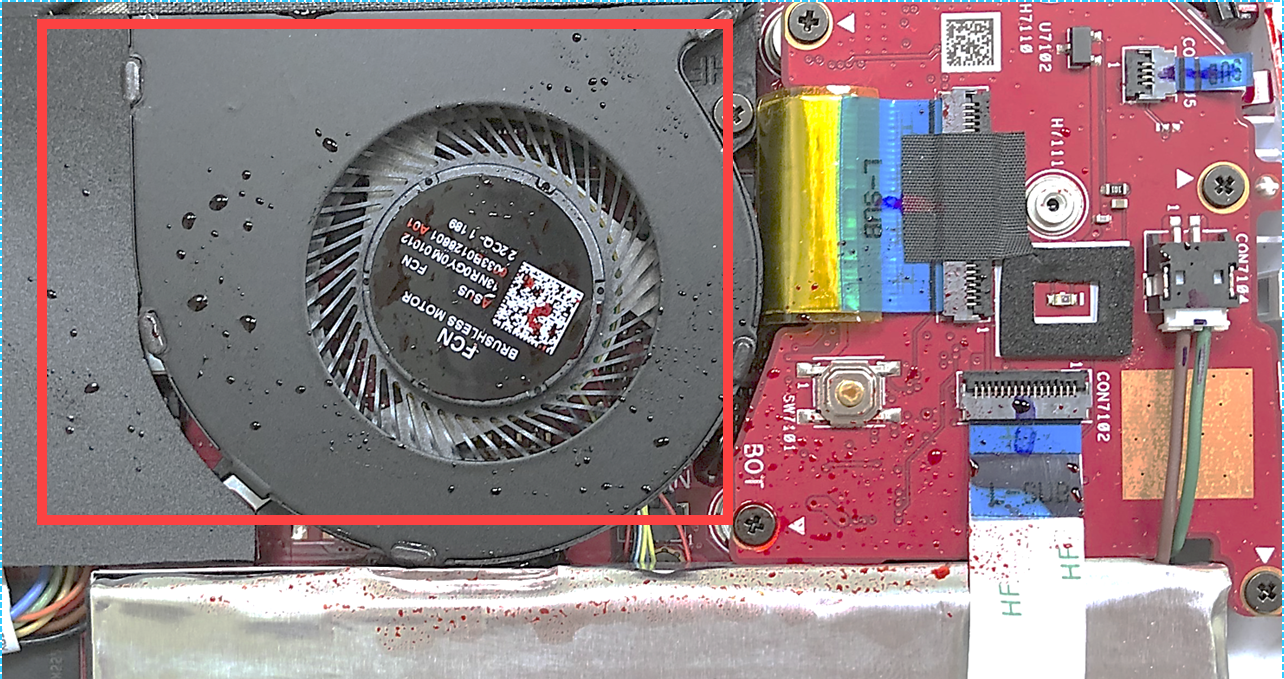
Deformation of the thermal module

Button and Joystick
Impact damage, scratches , dents, or cracks on the buttons or joysticks
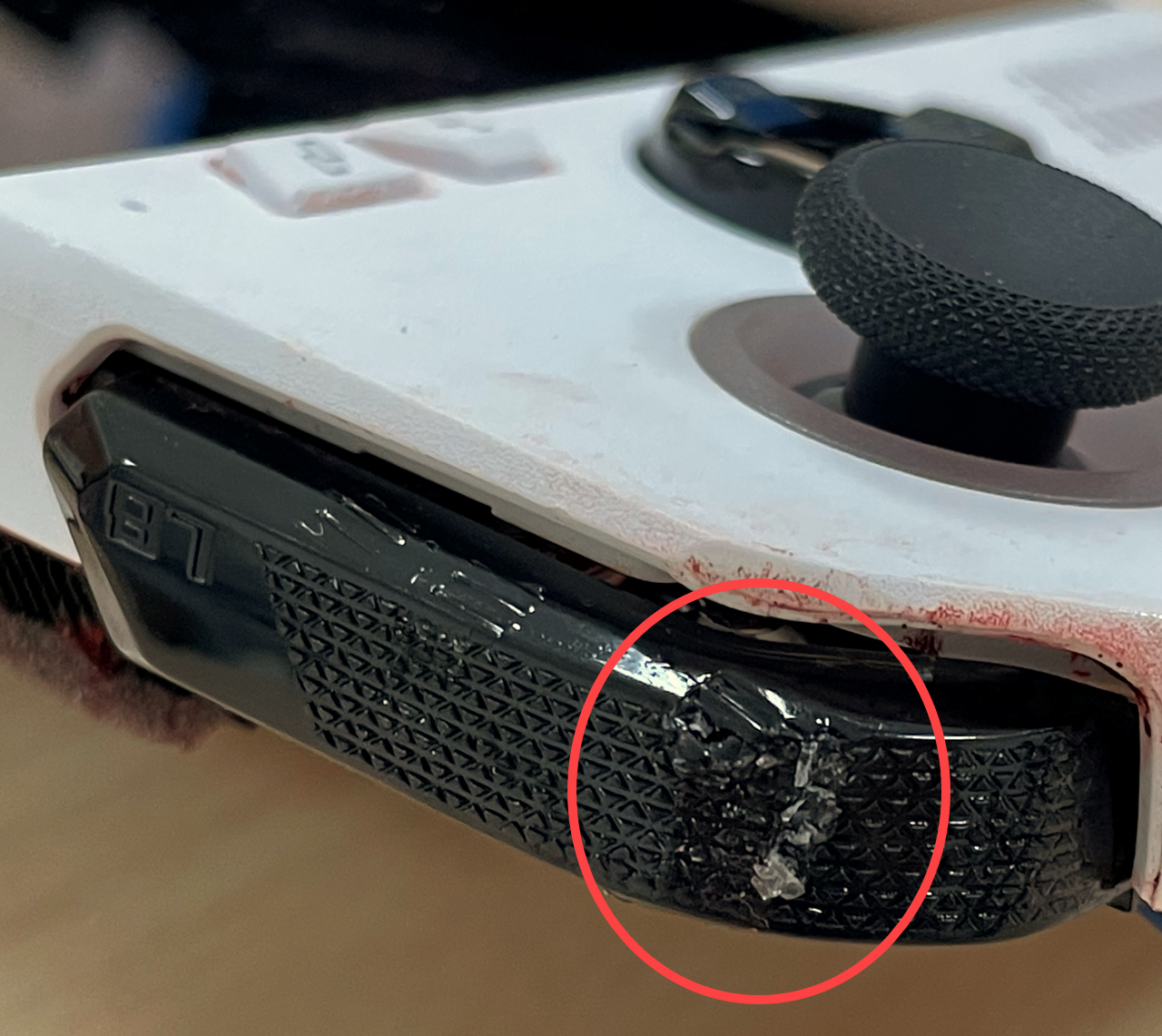
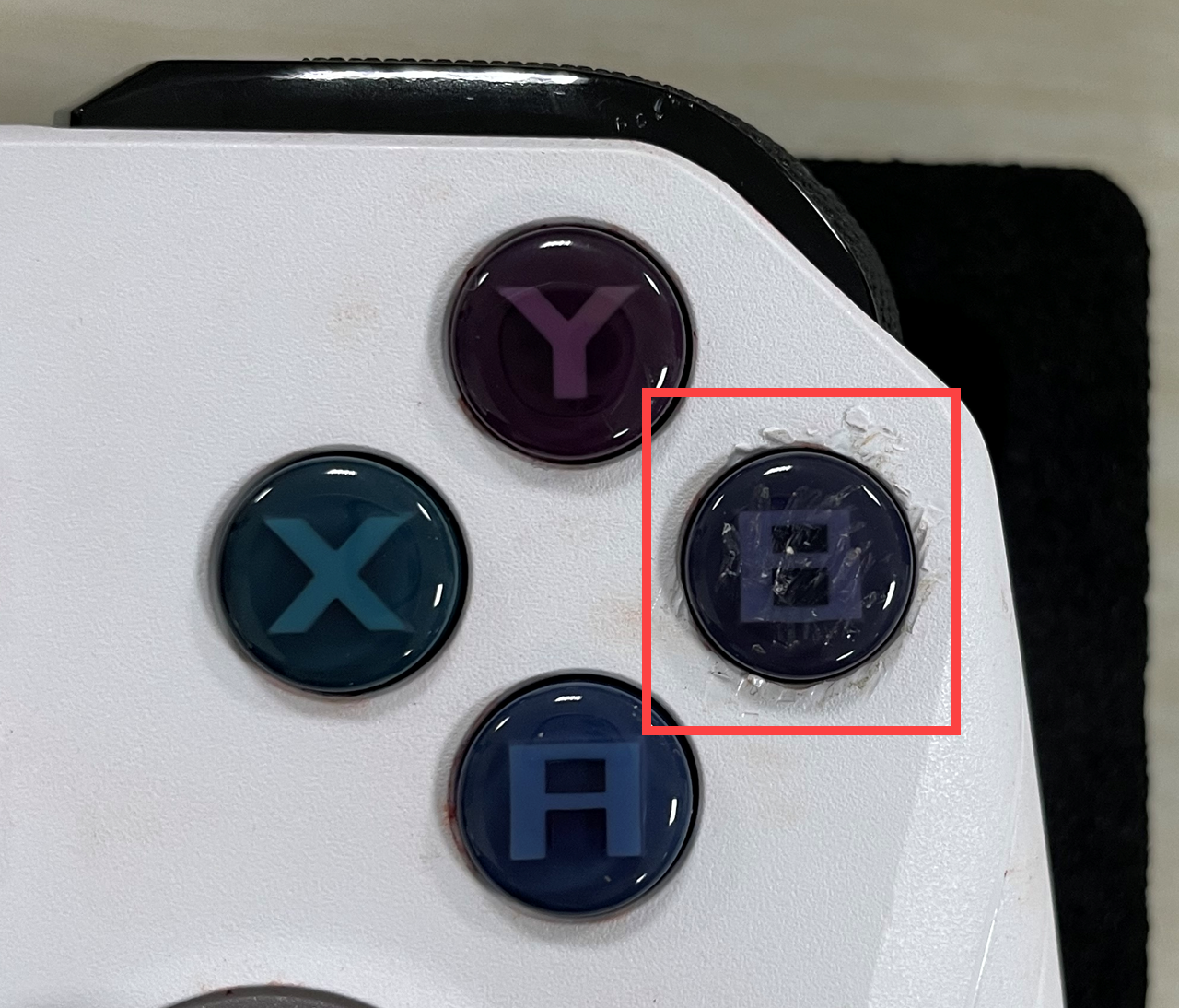
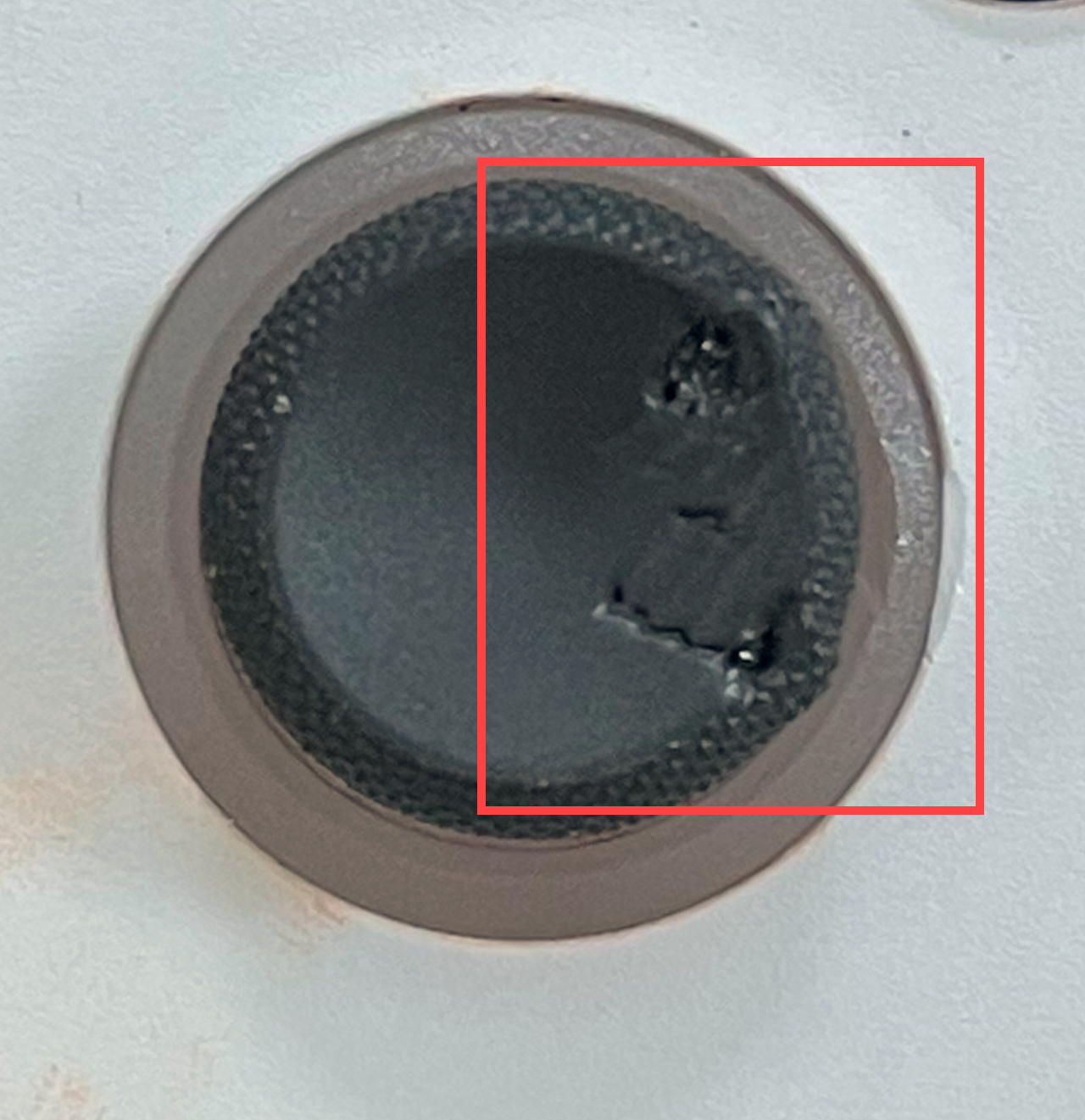
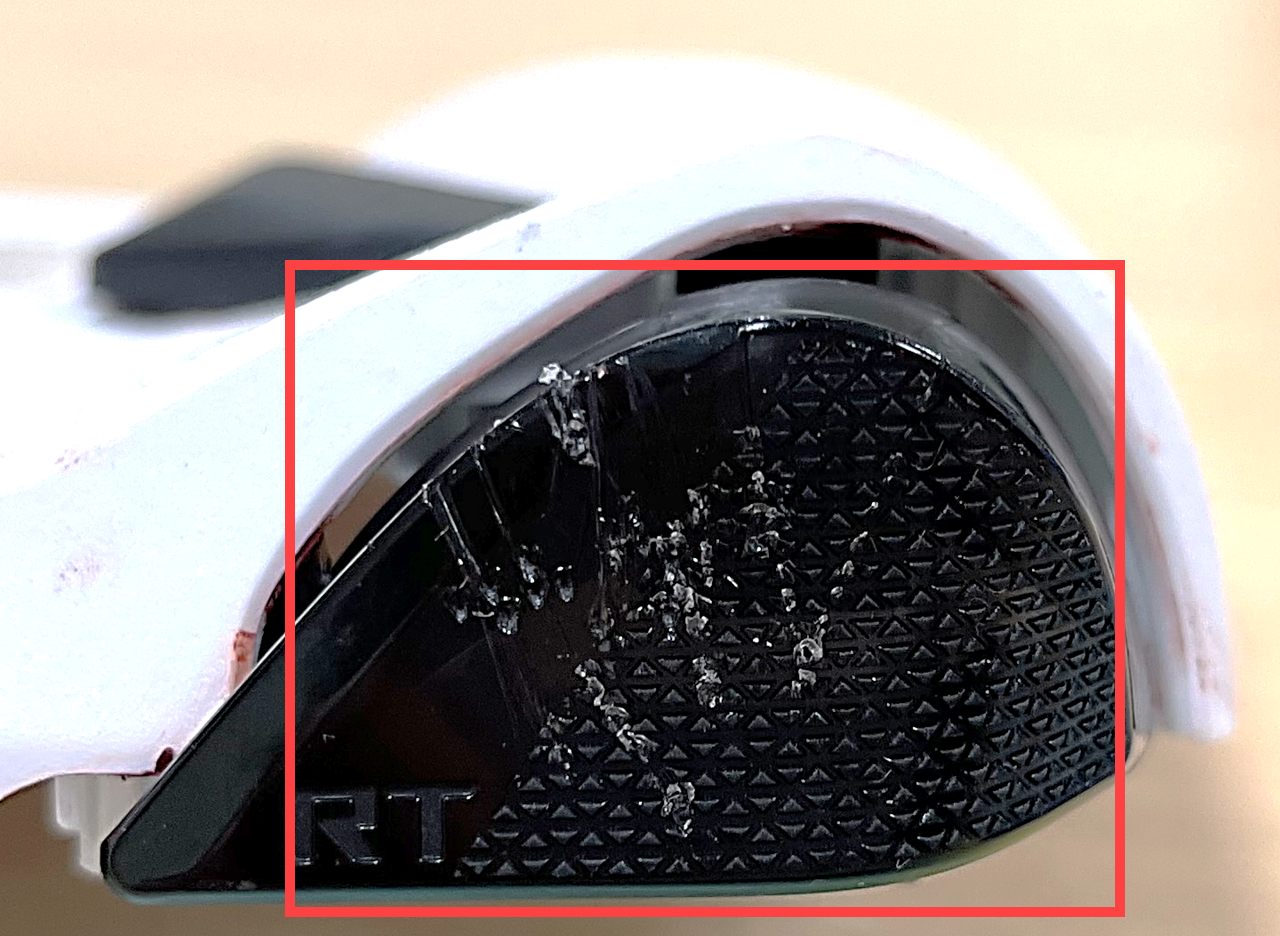
Buttons or joysticks broken, missing, or detached
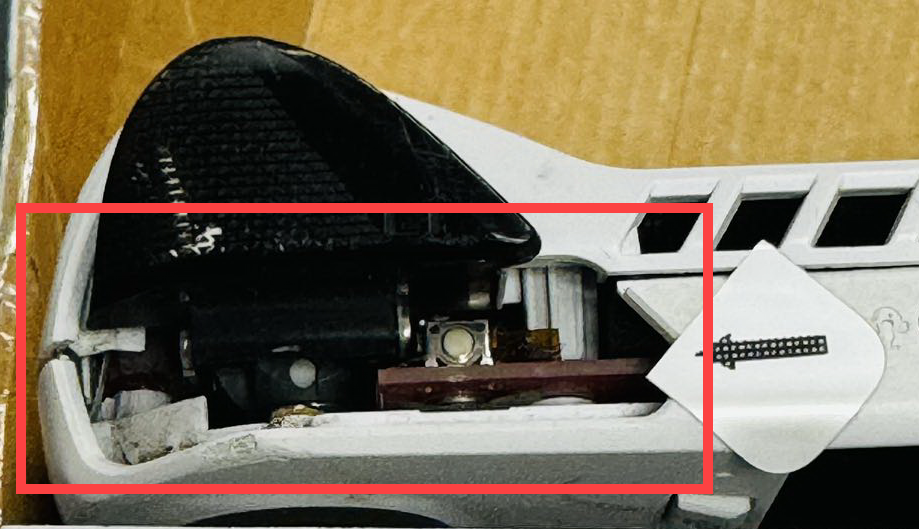
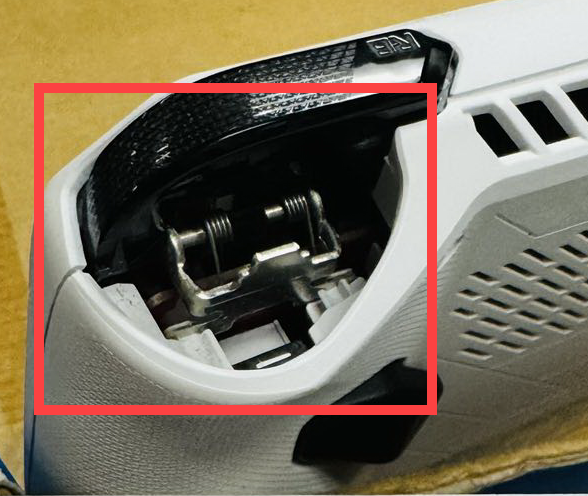


Button sinking or internal mechanism breakage causing the button to not reset
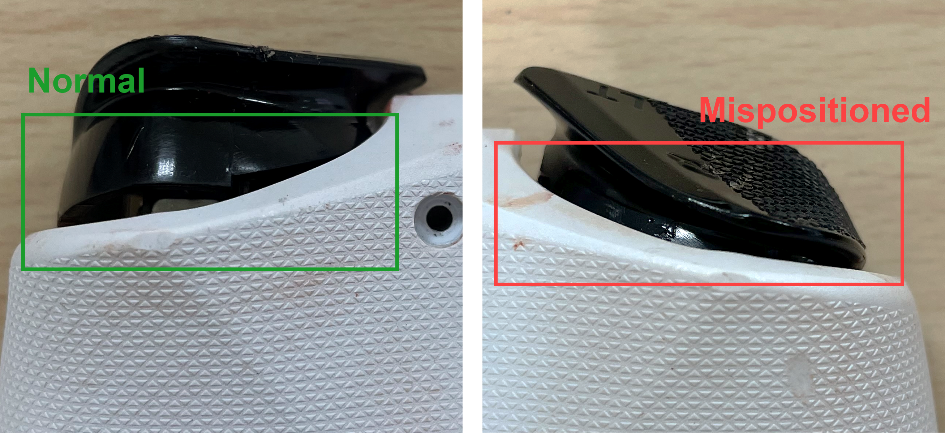
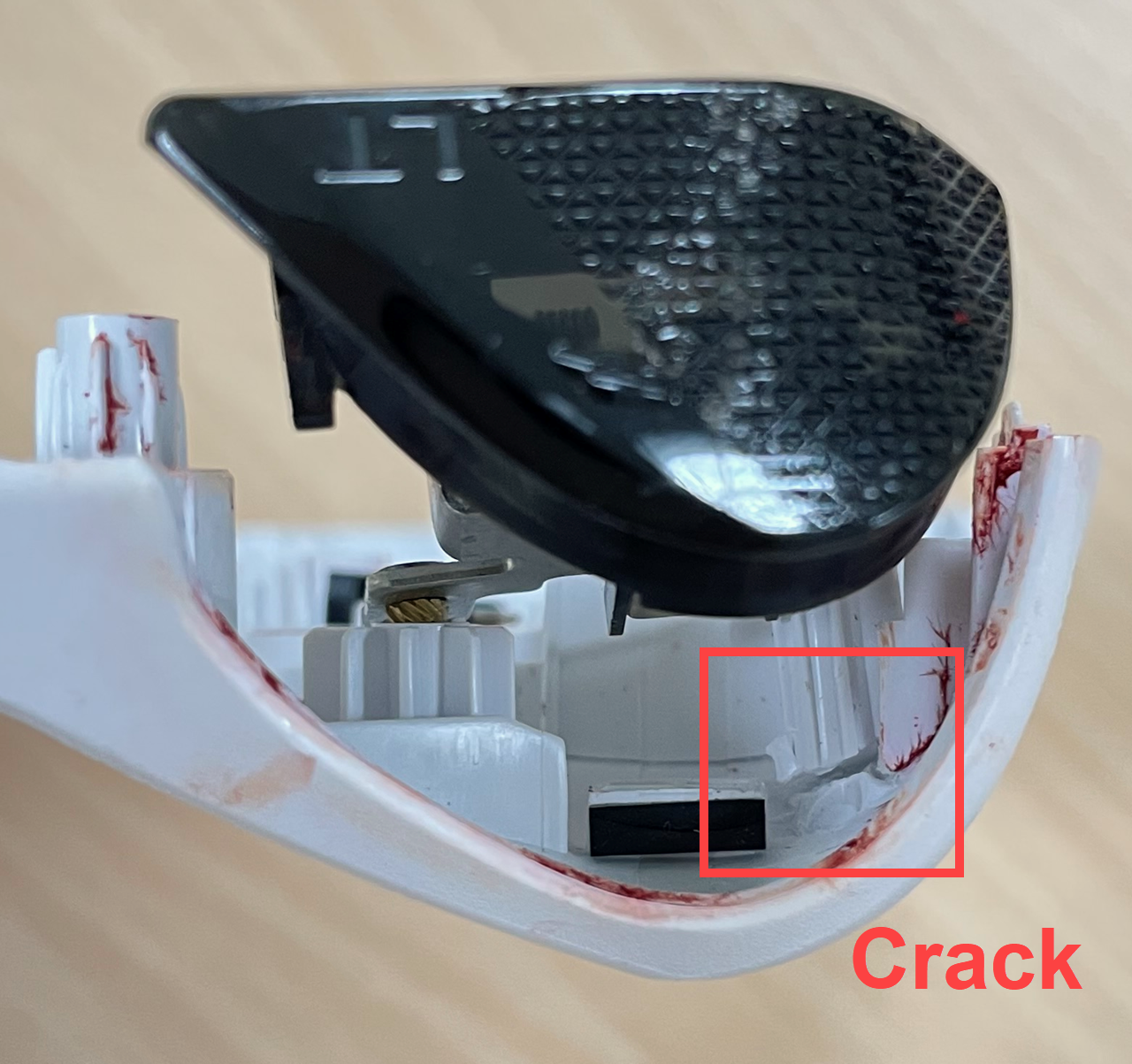
Joystick drift, unable to recenter, or non-functional when pressed
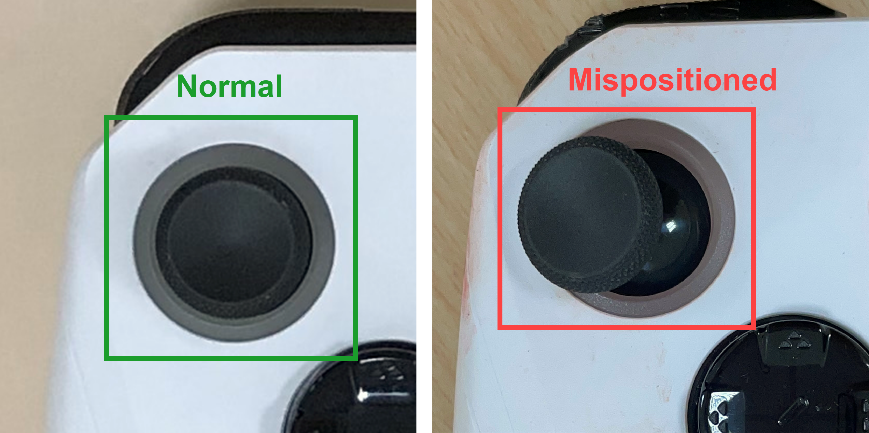
Solid-State Drive (SSD)
Impact damage, deformation, or destruction to the SSD's circuit board, including the gold fingers or pins
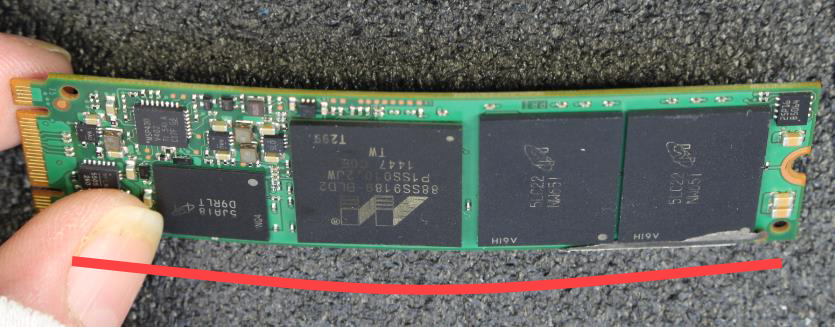
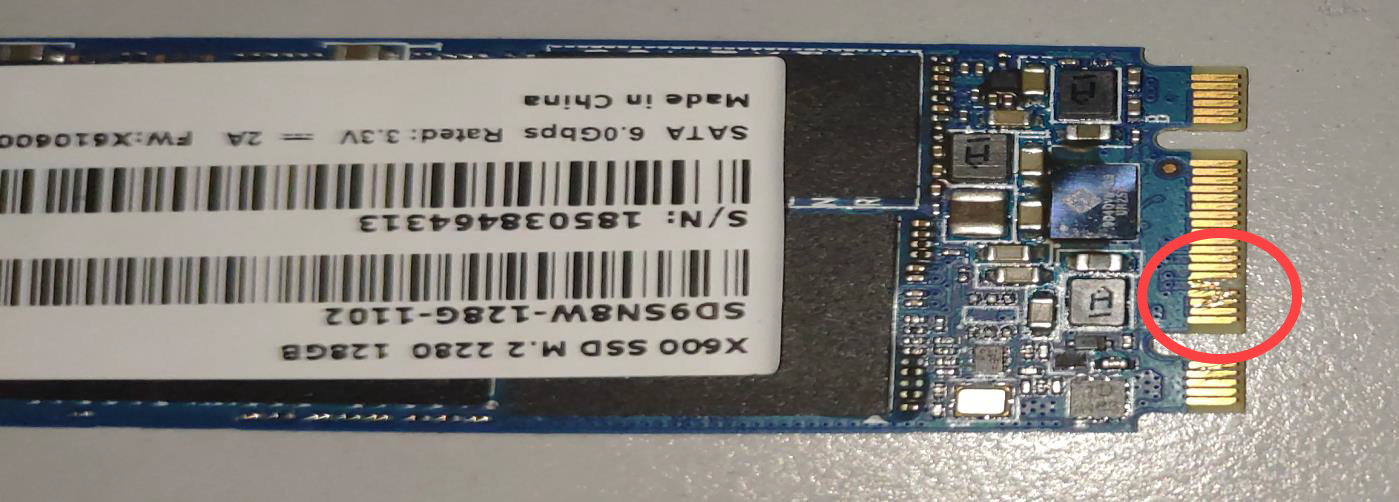
Built-in Battery
Damage, scratches, or indentations on the battery's appearance
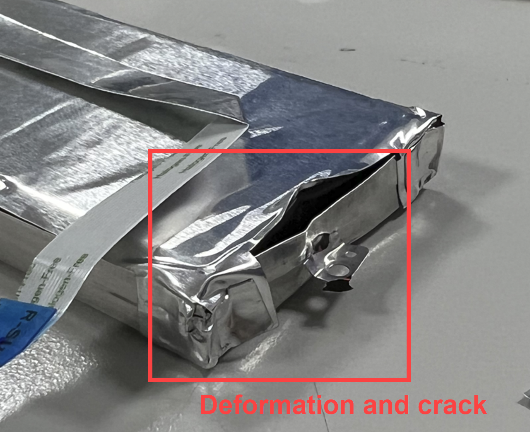
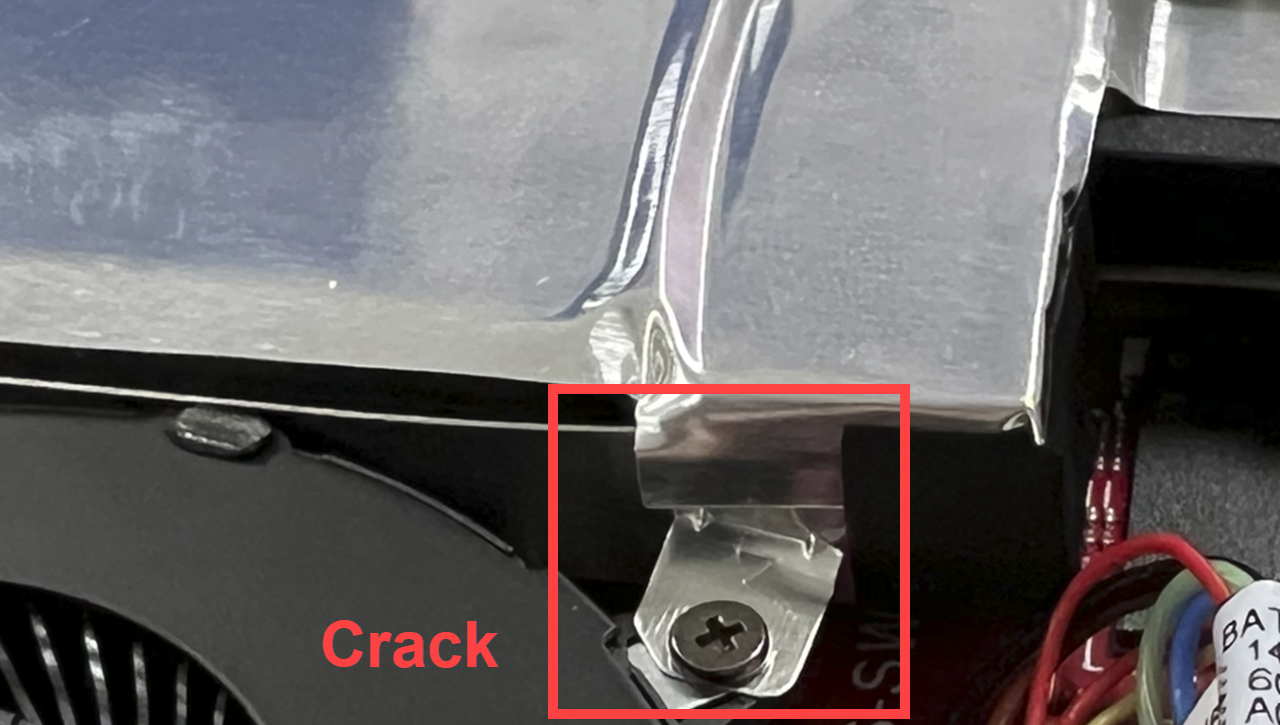
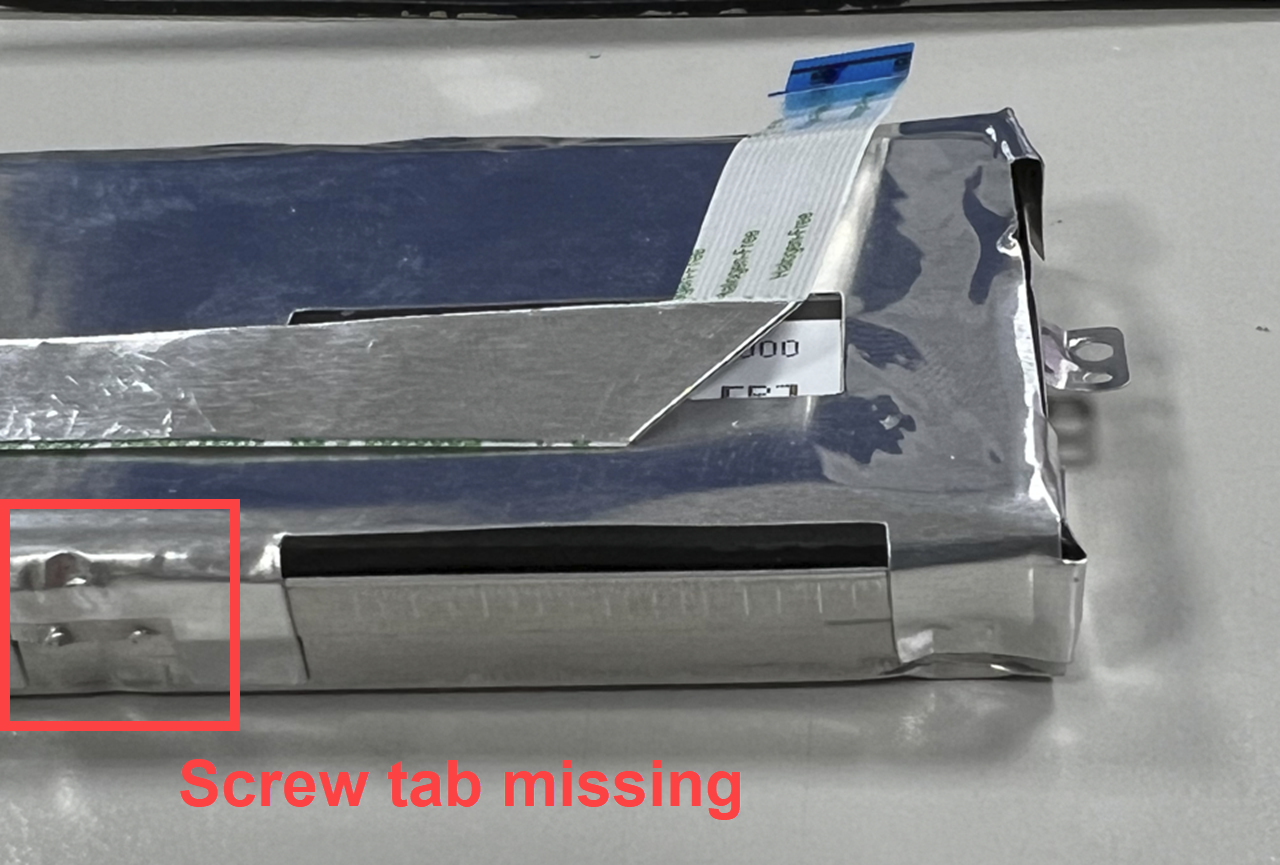
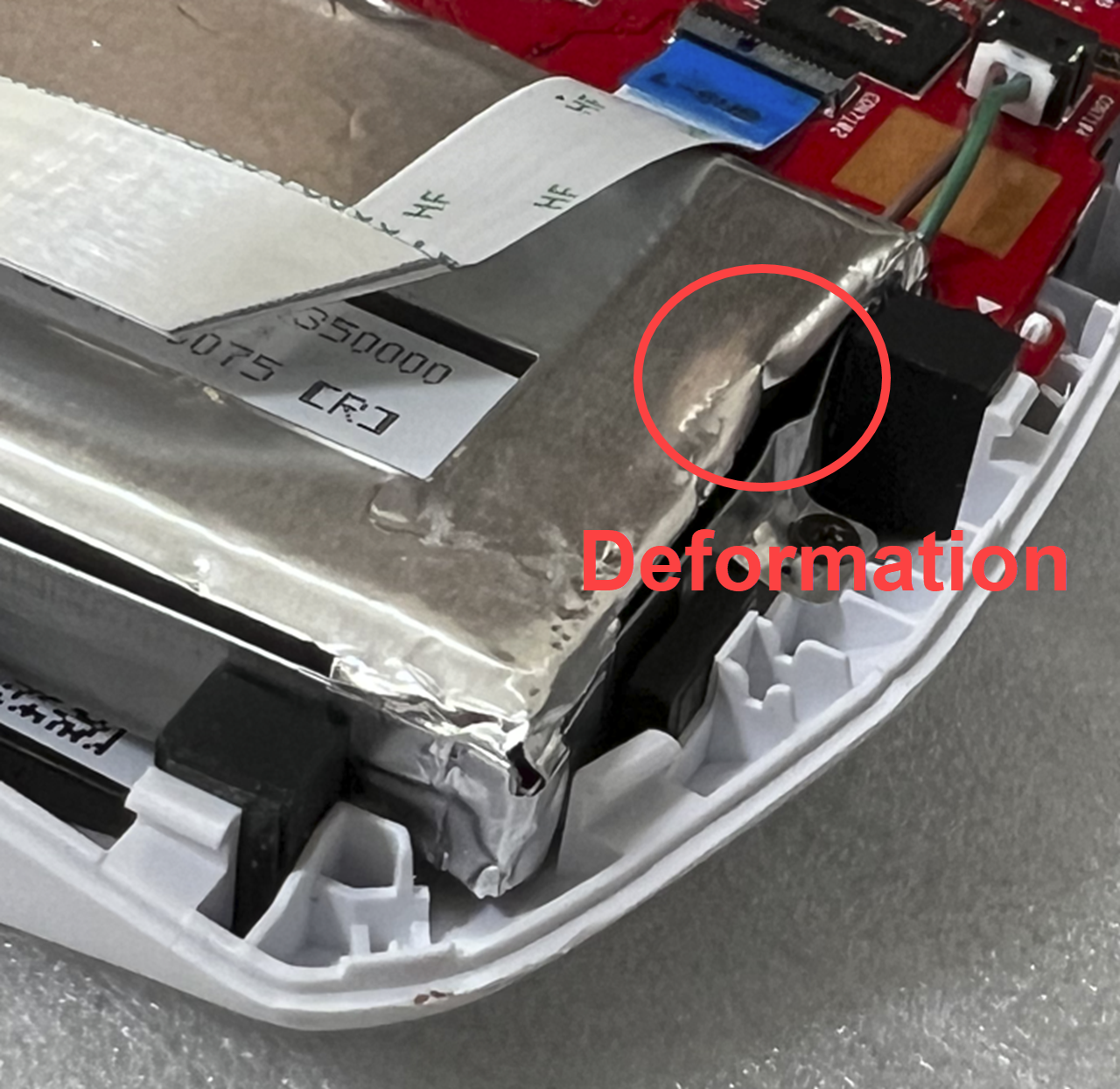
Liquid intrusion or water stains on the battery connector

